Circles in the sand
You may remember - you are forgiven if you don’t, it was a long time ago - that in the first issue of Scuba Conversational, I told you about Mae, one of our neighbours when we lived on Peng Chau.
Here is what I wrote
“We moved to a little island in Hong Kong a few months ago. A new place means new neighbours and we have met some lovely people who have made us feel very welcome. One lady, who lives just across the road, heard that we work in scuba diving and revealed that this was something she had always wanted to do. So, when she invited us over for dinner we gave her a copy of the Chinese translation of Scuba Fundamental. Now, whenever we meet, usually on the ferry into the city, she always chats excitedly about whatever chapter she has just been reading and is full of questions.
She is not a young lady and this is apparently a long-held ambition, so it's possible that doubts and anxiety have held her back in the past. After all, there are plenty of dive centres in Hong Kong, so she has had plenty of opportunities to learn. Maybe, it is just that the stars have never been in alignment.
Anyway, it seems that she is really going to do this thing now.”
Well, it took a while and a couple of stops and starts before the stars truly aligned, but last month Mae joined us and a bunch of divers from Guam, Hawaii, Alaska, Switzerland and elsewhere at Scandi Divers on the Big La Laguna beach near Puerto Galera in the Philippines. There she completed her Open Water, Advanced Open Water and Nitrox Diver courses, racked up around twenty dives and turned into a fully-fledged scuba diver, ready to take on the underwater world.
Then, the following week, two of Mae’s friends came down and joined us and also left the Philippines as qualified divers with more than a few hours of ocean time in their logbooks. So not only is Mae now a diver, she is part of a dive team and we are hearing talk of trips to Taiwan, Thailand, Indonesia and beyond.
A major feature of this life-changing fortnight was how much support these new divers received from the experienced old salts they were mingling with all day long on the boat, on the beach and over dinner in Scandi’s oceanside restaurant. Every new accomplishment was greeted with absolute delight all around, back-pats and handshakes, whoops and woo-hoos, and, from day one, they were folded into the community - a community we all know and love, but which we probably take too much for granted.
The wheel turns. If you walk around the circle long enough, you eventually come back to where you started. Thirty years ago, in the early 1990s, when I was moonlighting as a dive instructor and teaching with Mandarin Divers in Hong Kong, we would bring new divers down to Puerto Galera for a long weekend and they would do their AOW courses in the same places where Mae and her friends learned to dive - Big La Laguna Bay, the Sabang wall and out at Verde Island in the channel between Luzon and Mindoro.
Here are a few images from our recent trip.

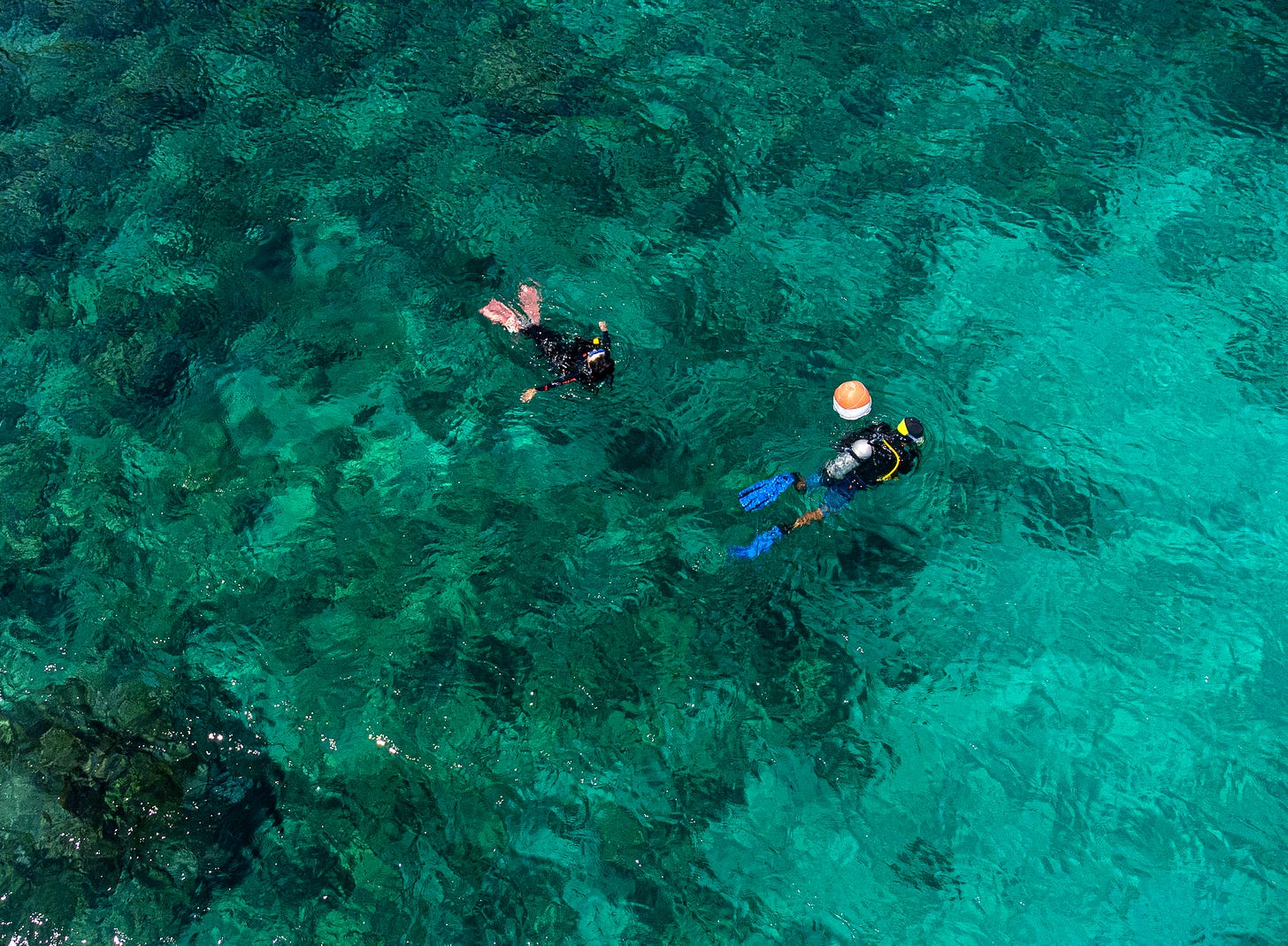
I hope these pictures from Mae’s journey bring back memories of the thrill of becoming a diver. If so, please let me know. I’d love to hear your stories.
The underwater and aerial shots in this selection of images were taken by principal trip organiser Tim Rock, who will be escorting another group back to Scandi Divers and Puerto Galera this November. Maybe we’ll join him again and maybe Mae will be back there too, having recruited more prospective Hong Kong scuba divers by then. It’s a great place to embark on a diving life.
If you are not familiar with Philippines diving then Tim’s latest book - he’s done a bunch of Philippines guides over the years - is a good place to start.
The 50 Best Dives in the Philippines: The Ultimate Guide to the Essential Sites
The pioneering dive shop we worked with when we were bringing trainee divers down from Hong Kong back in the 1990s - La Laguna Beach Club (LLBC) - is still there and thriving - a symbol of Puerto Galera’s success as one of the most popular dive destinations in Asia - right next door to Scandi Divers.
It was there in 1994 - and at Capt’n Gregg’s Dive Resort on neighbouring Sabang Beach - that Paul Neilsen and I taught the first IANTD Advanced Nitrox Instructor courses in the region. I tell the story of how this came about in my Technically Speaking book.
LLBC, Capt’n Gregg’s and Asia Divers were the first dive centres in the Asia-Pacific region to take a chance on the new technology, techniques and procedures coming out of the USA that would revolutionise sport diving everywhere. No longer would fun divers be restricted to using air and open circuit equipment on no-stop dives to 39m. Our playground was about to become much bigger - and deeper - more complex and much more exciting.
Here is the only picture that survives from this course - as far as I know. I don’t know who took it, but it shows me and my team of students on the foredeck of the Capt’n Gregg’s boat.
As you can tell, those were the days of making do with what we had. My Dive Rite harness looks fresh out of the box.
While I was in Puerto Galera last month, I stopped in at The Point to meet up with a friend who was passing through and he gestured towards the bar and said
“There’s a guy over there who says he knows you.”
It was Chuck Driver - then the owner of Capt’n Gregg’s - the diver on the far left of the photo. I hadn’t seen him since a few days after that picture was taken. I went over.
“I haven’t seen you since 1995,” I said.
“1994!” he told me.
I laughed. Brief and to the point, just as I remembered him.
I mentioned the photo I had of us all and he said it had been on the Capt’n Gregg’s restaurant wall until 2021 when the resort burned down. I was about to offer to send him a replacement (Capt’n Gregg’s has been rebuilt in the same spot), but he was ahead of me.
“Don’t worry, I’ve got another copy. But I’m keeping this one at home.”
Chuck and the diver second from the right in the picture, John Bennett, had subsequently taken the basics of planned mixed gas accelerated decompression diving that I had taught them in the course and used the knowledge to surpass anything any sport diver on the planet was doing at the time.
I asked about this.
“Yes,” said Chuck. “In 1999, we did the 190 (metre) dive and, as soon as we came up, John told me he wanted to do 200 next and I asked him why the hell we hadn’t done that just now while we were down there. So we did the 200, but when we pulled the line up, we found out it had stretched and we had actually done 220!”
Later, Chuck was one of the support team when John made his world-record-setting 308-metre dive in November 2001 (1000 feet is 305 metres). John went on to found Tech Dive Academy in Australia but was lost on a dive in Korea in 2004. An excellent, detailed account of his record dive can be found here on the Tech Dive Academy website.
THE DEEPEST OPEN CIRCUIT SCUBA DIVE EVER*
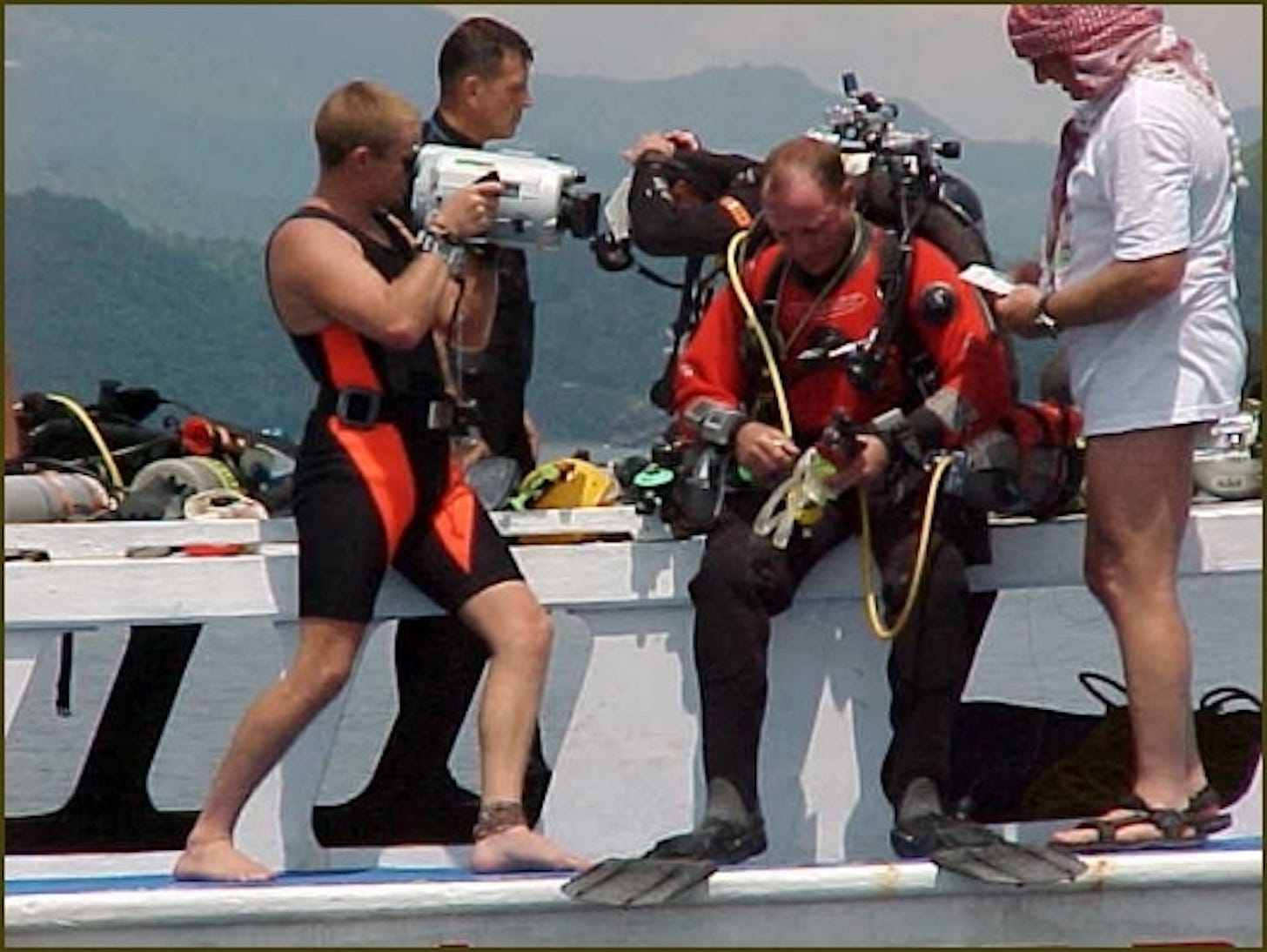
It’s a little bit of technical diving history and it all took place in Puerto Galera.
Of course, if you want a LOT more on the early history of technical diving, then look no further.
Where to buy
Technically Speaking on Amazon
Technically Speaking on Apple Books
Technically Speaking on GooglePlay
The book is also available via the Dive Gear Express website
Technically Speaking at Dive Gear Express
which is also carrying an excerpt from the book, so you can have a sneak peek at the first few pages.
Heavy Metal
My In Deep column in the latest issue of DiveLog Australasia is called Heavy Metal and talks about valves - not the most glamorous of topics, but without them, we couldn’t accomplish much and we should all probably know more about them than we do.
For instance, do you know instinctively which way you would turn your cylinder valve to open it if you were descending, suddenly found you had no air to breathe and realised your valve was still shut? Is there a chance you might wrench it the wrong way? Can you even reach your cylinder valve? Did you know you would probably need to use both hands?
(Of course, attentive readers of Scuba Confidential know all this.)
Here’s the link to the magazine - free to read as always.
As the issue number suggests, DiveLog Australasia has been around for a long time. It was the brainchild of Barry Andrewartha, who published it for almost 50 years, before retiring in 2020 and gifting the magazine to long-time contributor Mike Scotland. Despite the terrible timing, Mike and production graphic designer Vikki Ryan have kept DiveLog going, done a terrific job of freshening up the content and format and now publish online issues every other month.
In this issue, in addition to his Counterstrike column, David Strike reviews Technically Speaking and is very kind in his comments, which is especially pleasing. While I was writing the book, I was all too aware that my most critical audience would be those - like David - who were around and involved in the early days of technical diving.
As they were for me, those years were pivotal in their diving lives and it was essential for me not only to get things right but to underscore the significance of what they did and place their achievements in the right context.
As early British pioneer Michael Thomas wrote in his Facebook post after reading the book.
“This was my time, this is the time we started Technical Diving, rolling the dice at times, reading everything we could, talking to many of the names in this book, working with some of them to get the information we needed. Thirty-plus years later we are still playing the game, still exploring and teaching. Fantastic times and thank you Simon Pridmore for compiling this historical tome on the life we chose.”
As you might imagine, I was delighted to read this. Reviews like Michael’s and David’s make all the hard work worthwhile.
More Heavy Metal
My Scuba Confidential column this month in X-Ray - another magazine that survived the pandemic admirably - talks about a different kind of heavy metal.
Here’s how it begins.
Helga was on the eighth day of a long liveaboard trip across Indonesia. The diving had been superb, and she was having fun and feeling relaxed.
She back-rolled into the water, dropped down to the seabed at 24m and swam over to a coral head to see what she could photograph. The first thing she spotted was a tiny, beautiful, bright-red frogfish pretending to be a sponge. “Got you,” she thought. “What a great start to the dive!” She spent a couple of minutes taking pictures from various angles until she was satisfied that she had the right shot, then turned to find her husband, who would normally be hovering close by. There he was. She flashed him an OK sign but, instead of responding in kind, he pointed at her waist. She looked down, wondering what the problem was and, at first, she could not see anything wrong. Then she saw what he had noticed.
She was not wearing her weight belt.
Her initial thought was that she should go back up to the tender boat and retrieve her belt, but then it occurred to her that she was already at 24m. What would be the point of ascending to get a piece of equipment to help her descend if she was already on the bottom and doing just fine?
The article is called Helga and the Weight Debate and, as you can probably already tell, it tackles the age-old question from an unusual angle.
The article is here
And you can download the magazine here
Of course, as you see there is plenty more fine reading in this issue too, including my article on diving in what will soon be our home town in Taiwan!
Dive into Taiwan Pt 4 The Riviera
With 30-degree water in summer, and scenery and clear blue water like this (images by Kyo Liu), we will be spending a lot of time at the beach and on the boat.
Mission 6
Finally, in Scuba Conversational #47 last month, I wrote about undersea habitats, so I was fascinated to see this Atlas Obscura article this week, which talked about a habitat project I had never heard of before.
It’s a great story and I thought you would be interested too. This is the link to the piece.
The Forgotten Women Aquanauts of the 1970s
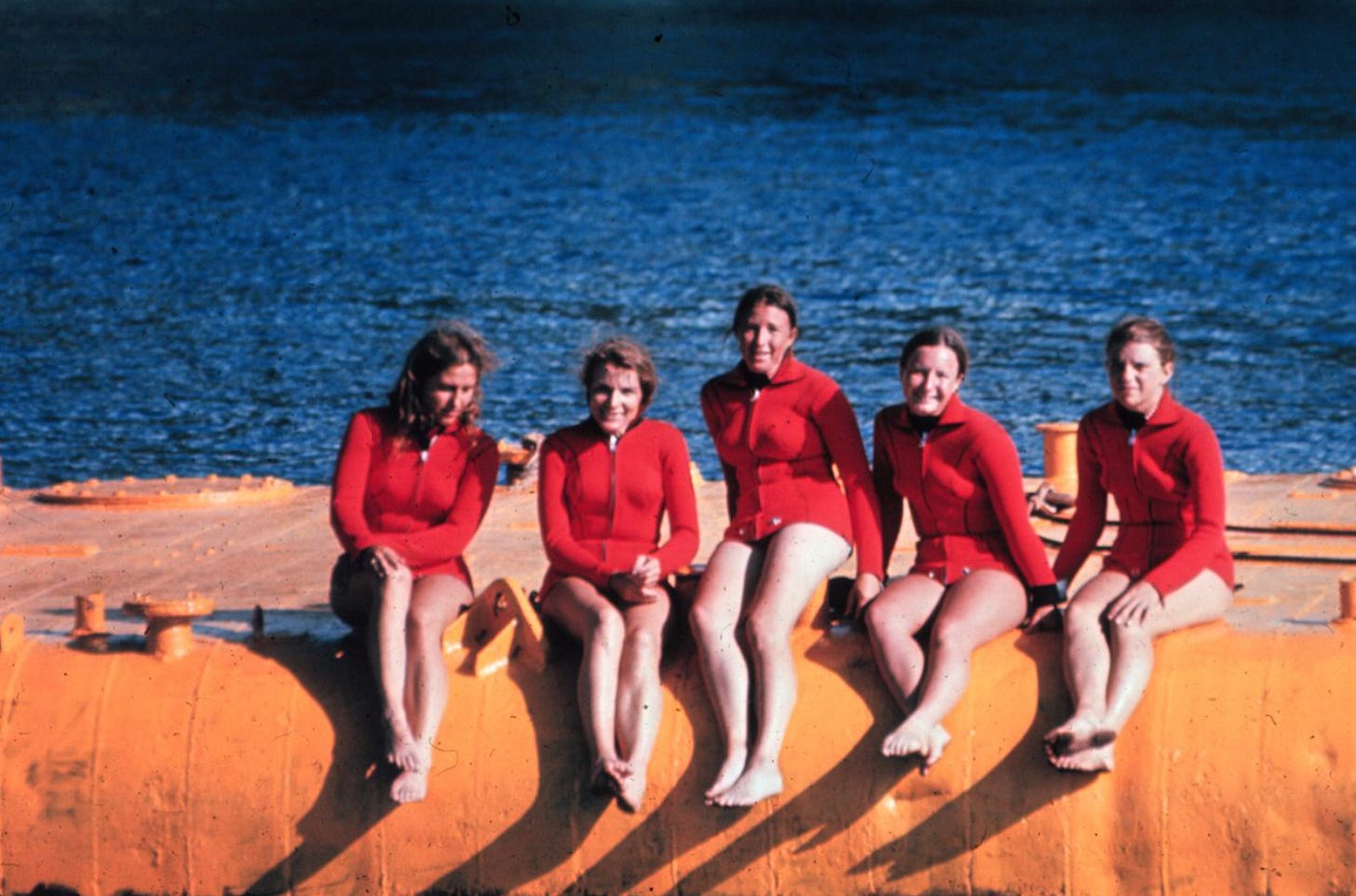
In July 1970, as part of a NASA project to find out what happens when people are isolated from society and have to live with only a few other people, five female research scientists lived together in a habitat for two weeks, diving with rebreathers that allowed them to stay submerged for up to eight hours at a time.
The project was known as Tektite II Mission 6 and this is what the Tektite habitat looked like.
The project not only attracted substantial media coverage at the time, but it was also highly influential in persuading NASA to start training women as astronauts from 1978 onwards. Read more here. As I said, it’s quite a tale and deserves to be more widely known.

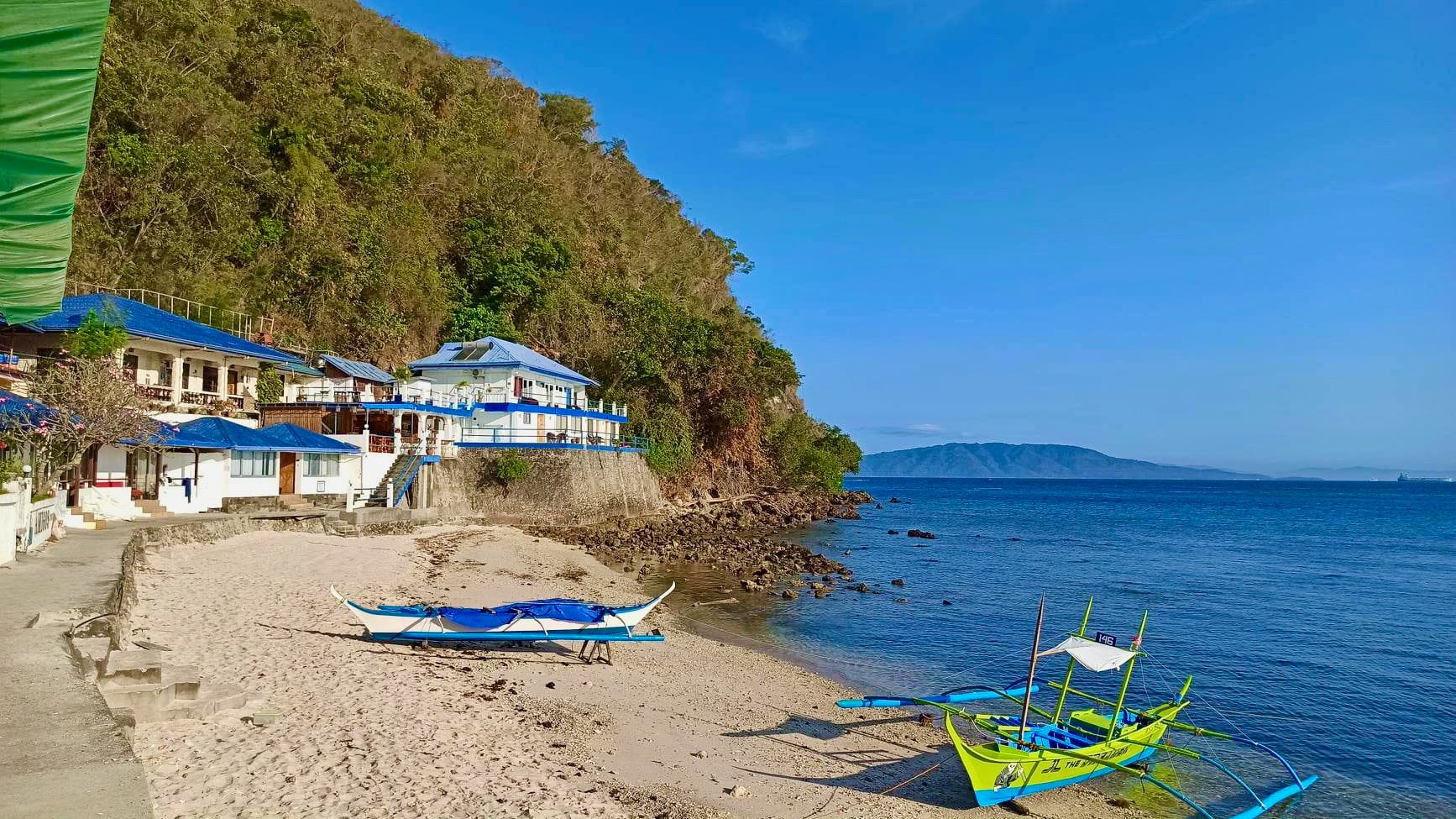
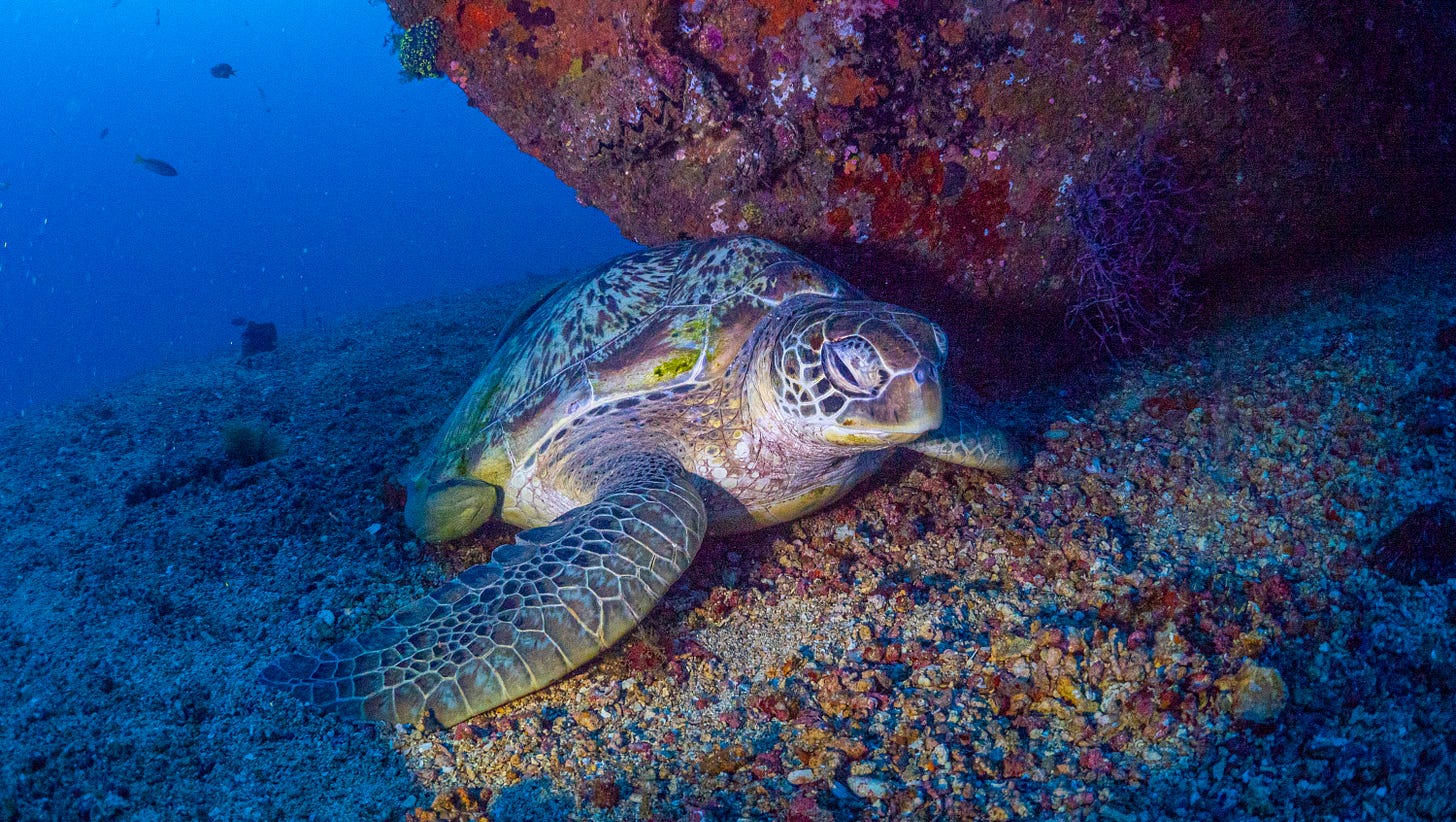
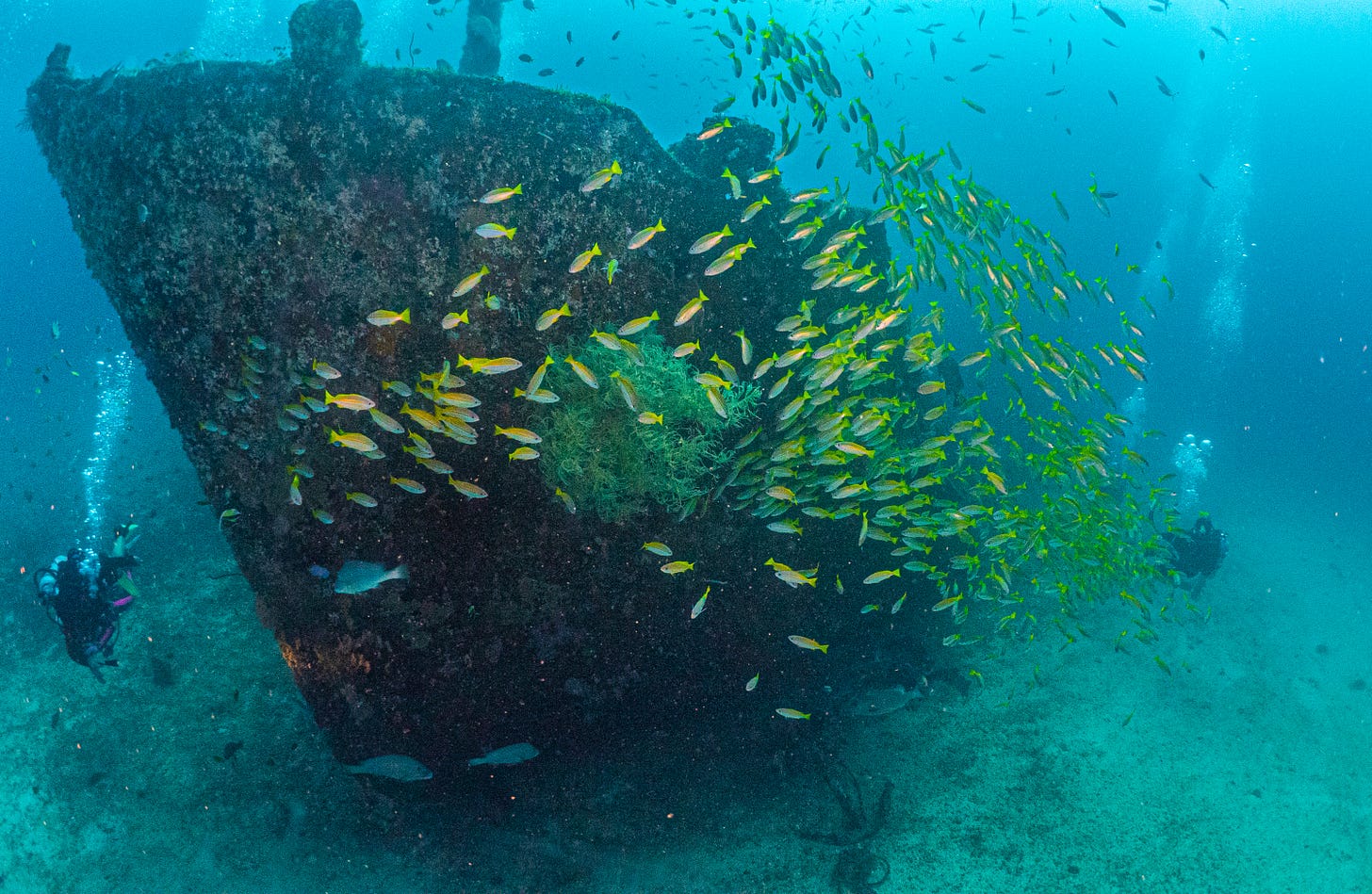
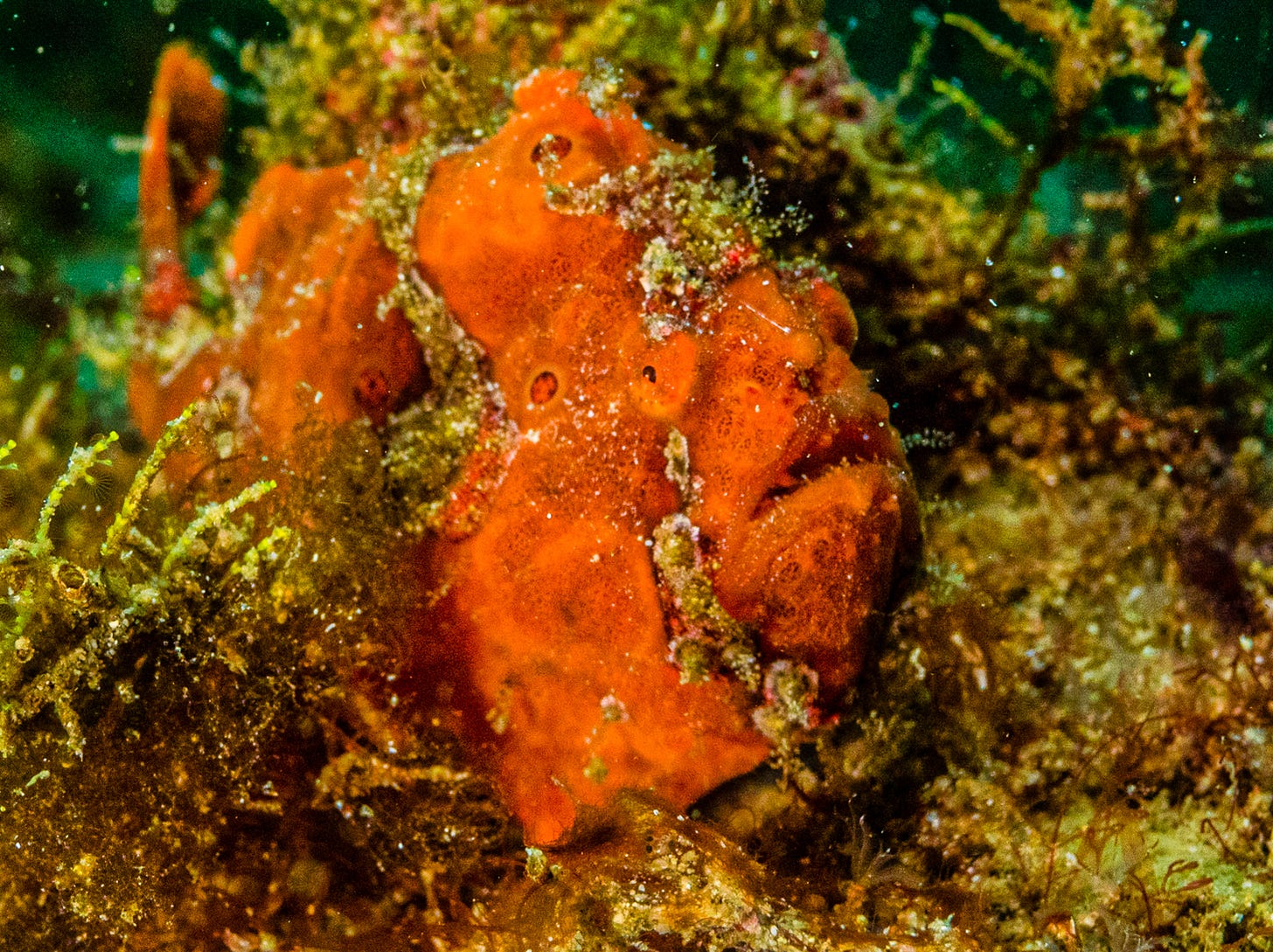
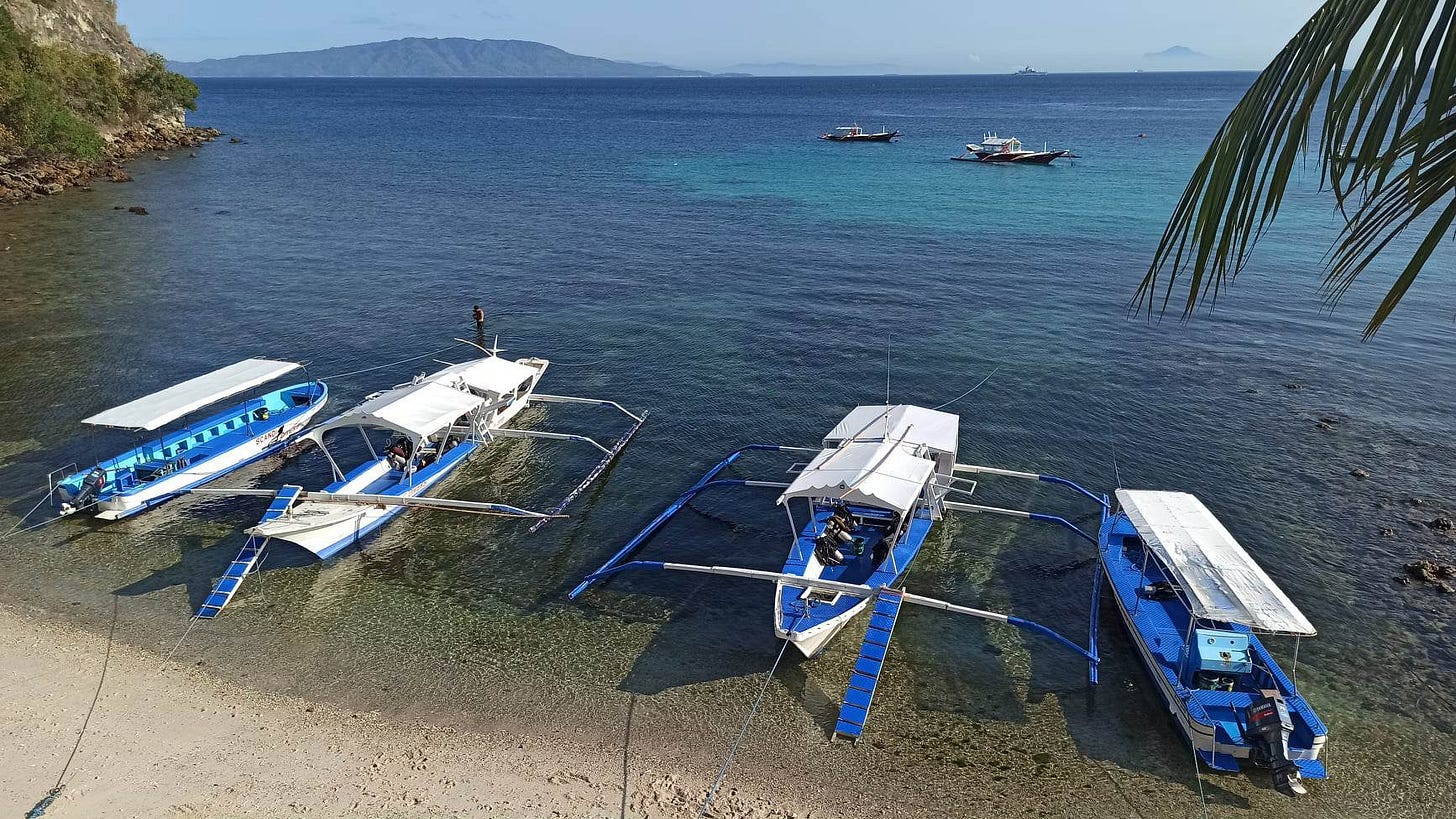
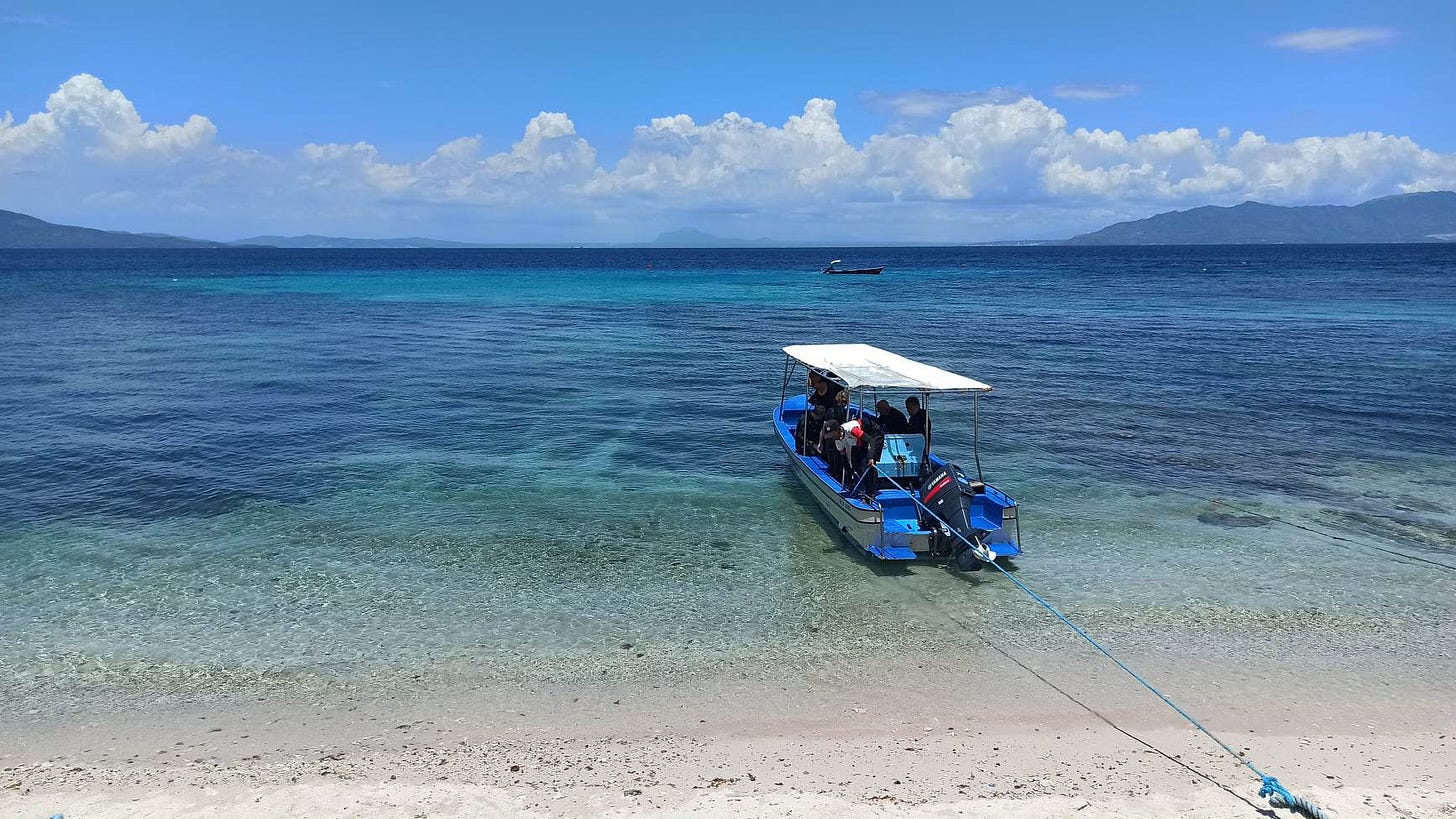
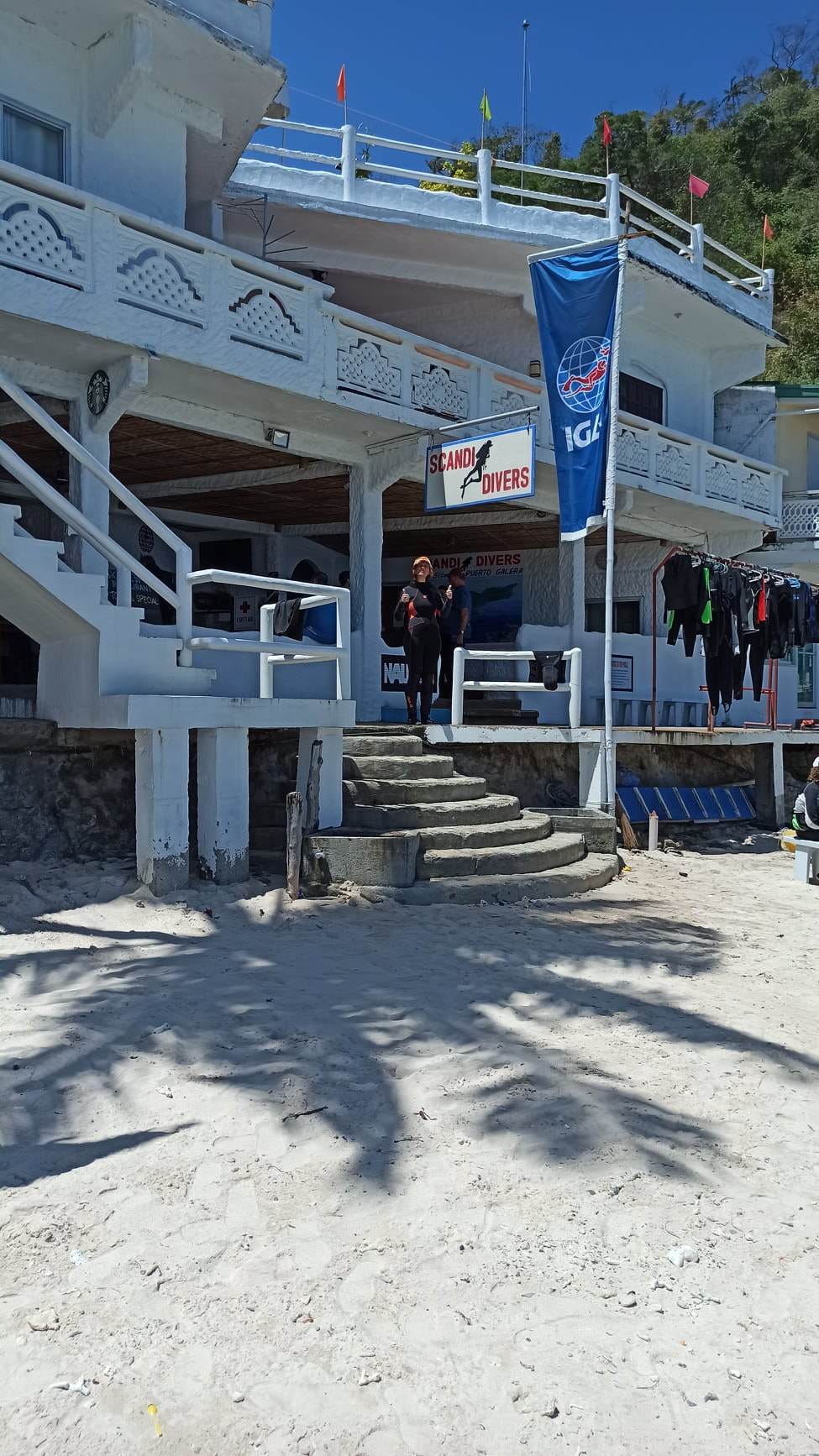
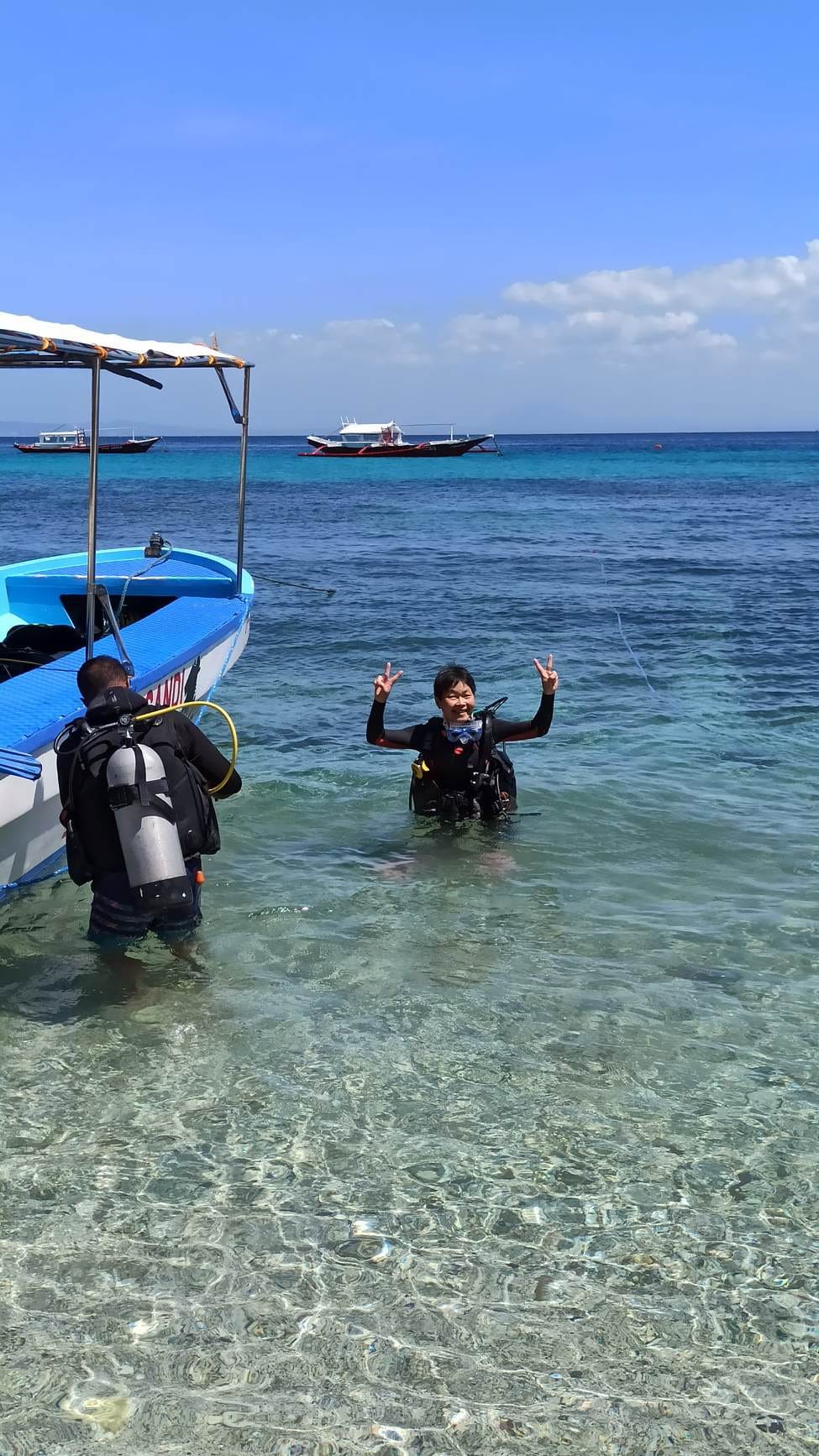
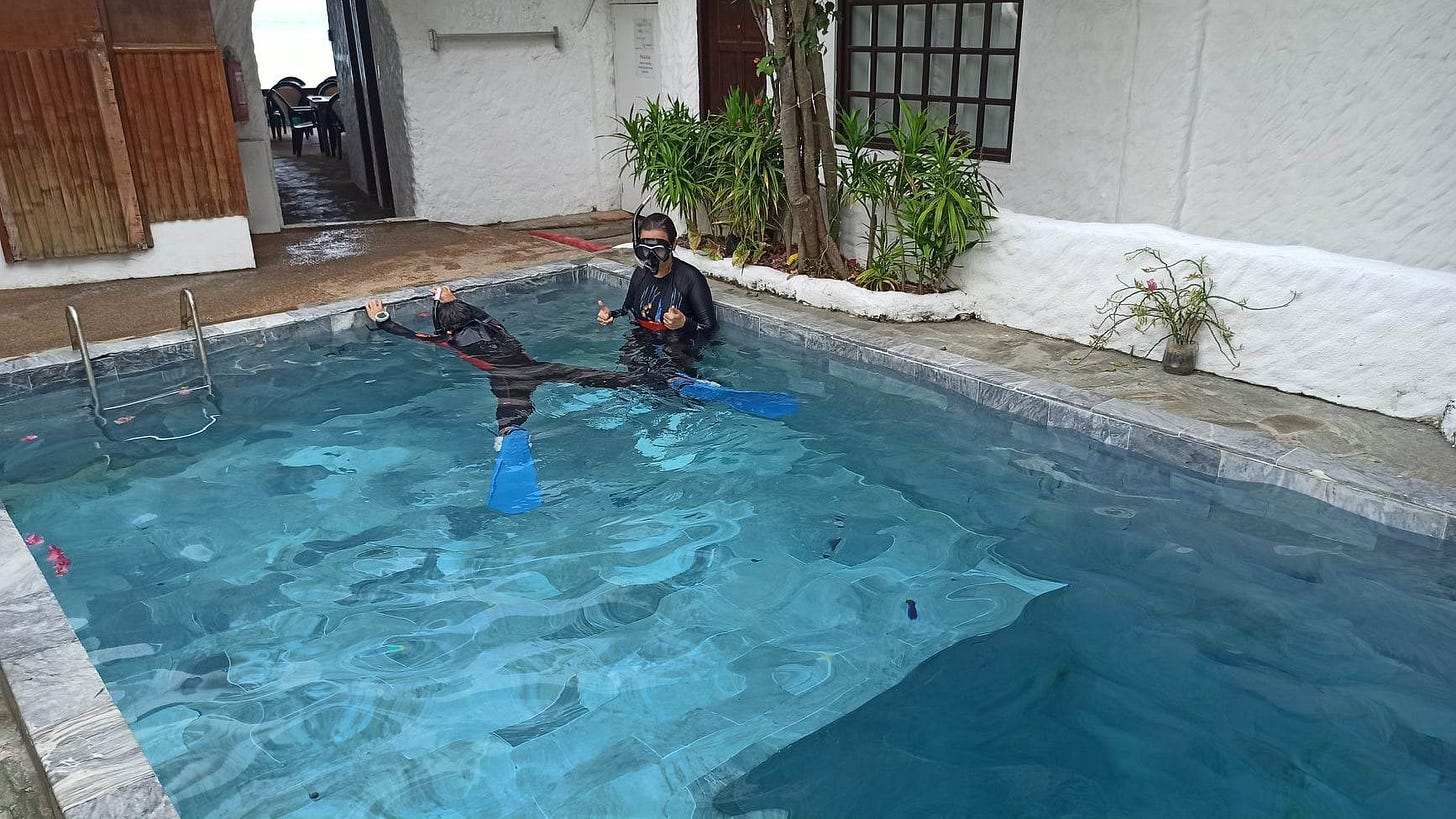
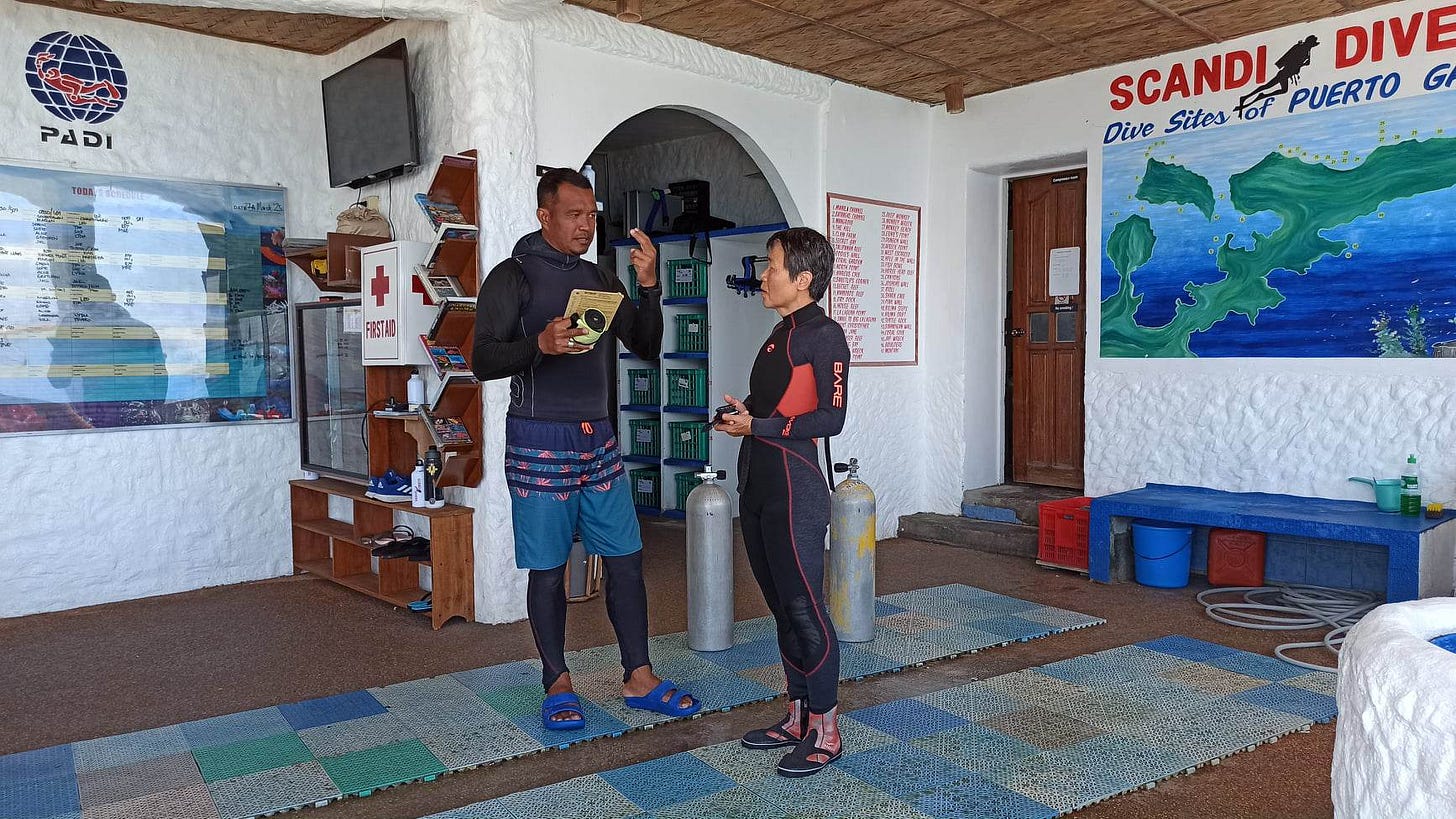

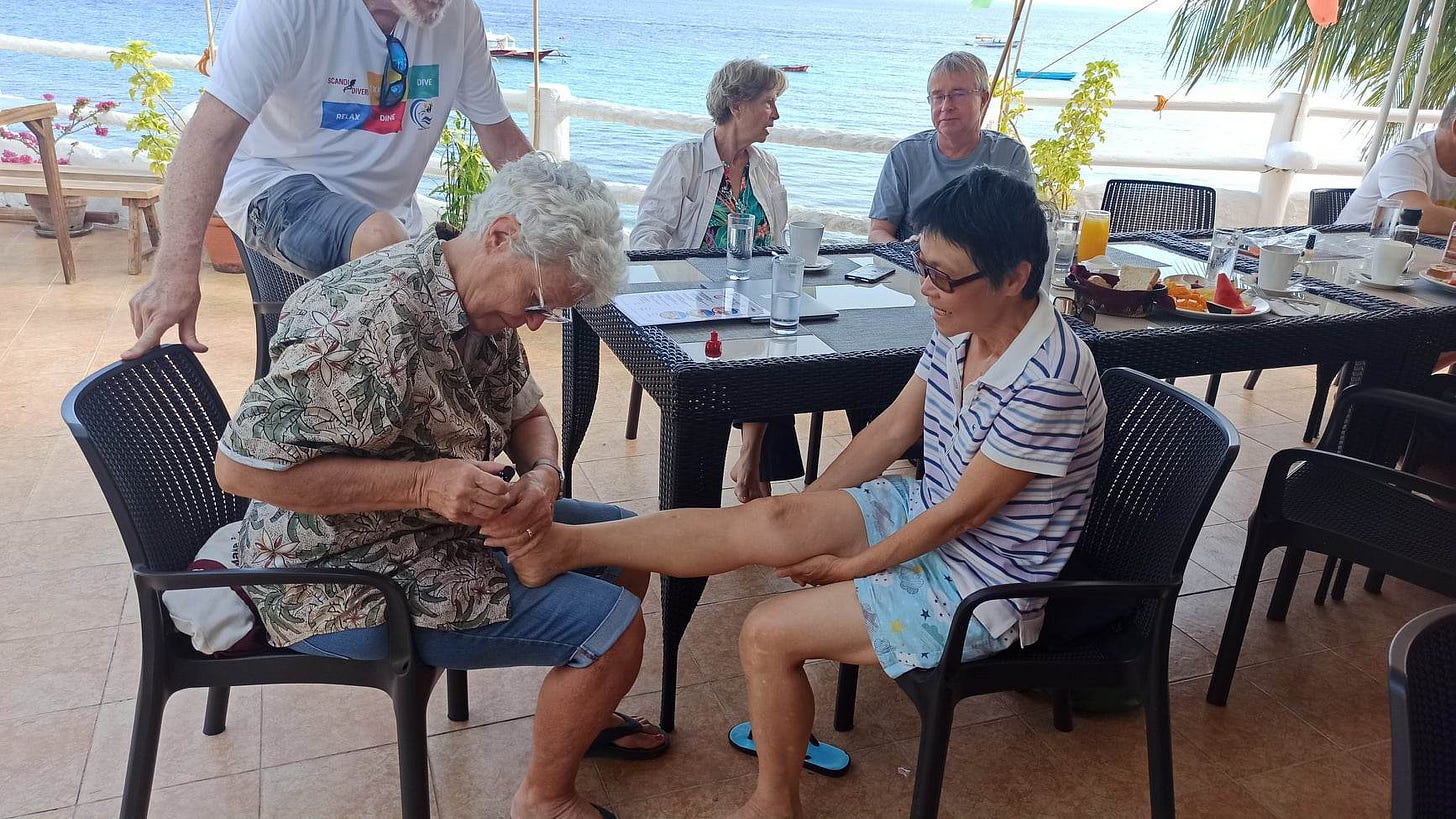
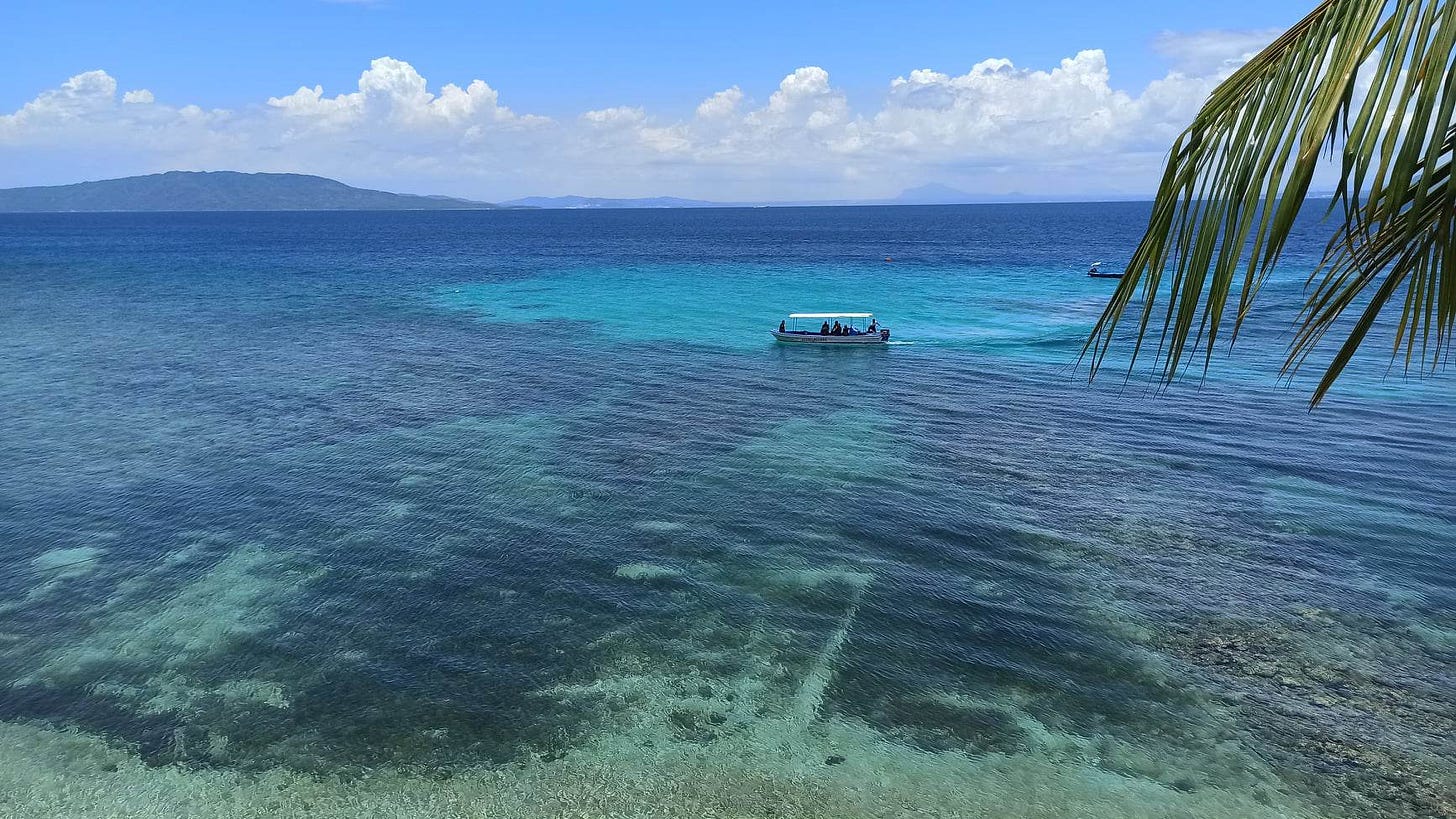
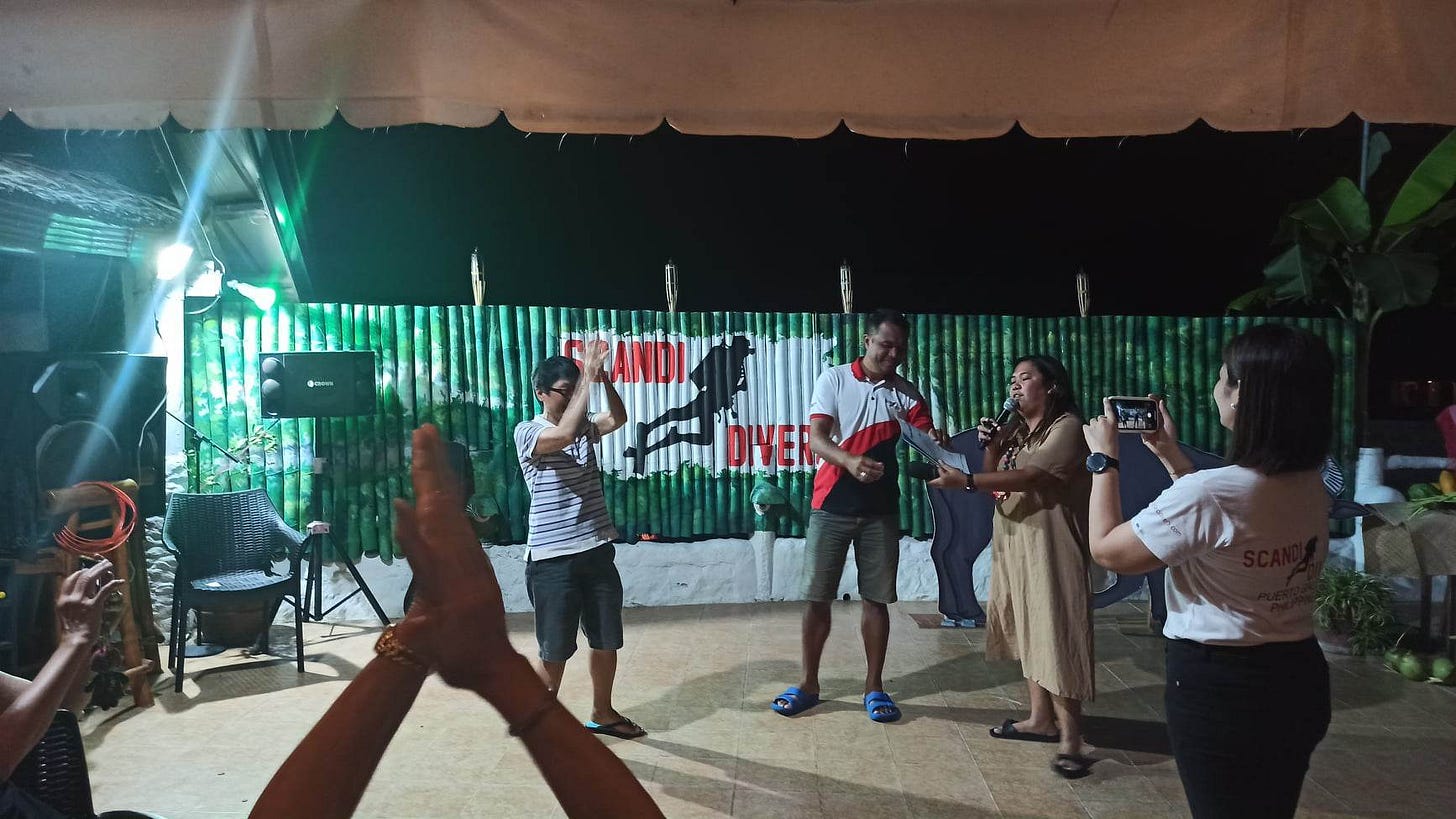

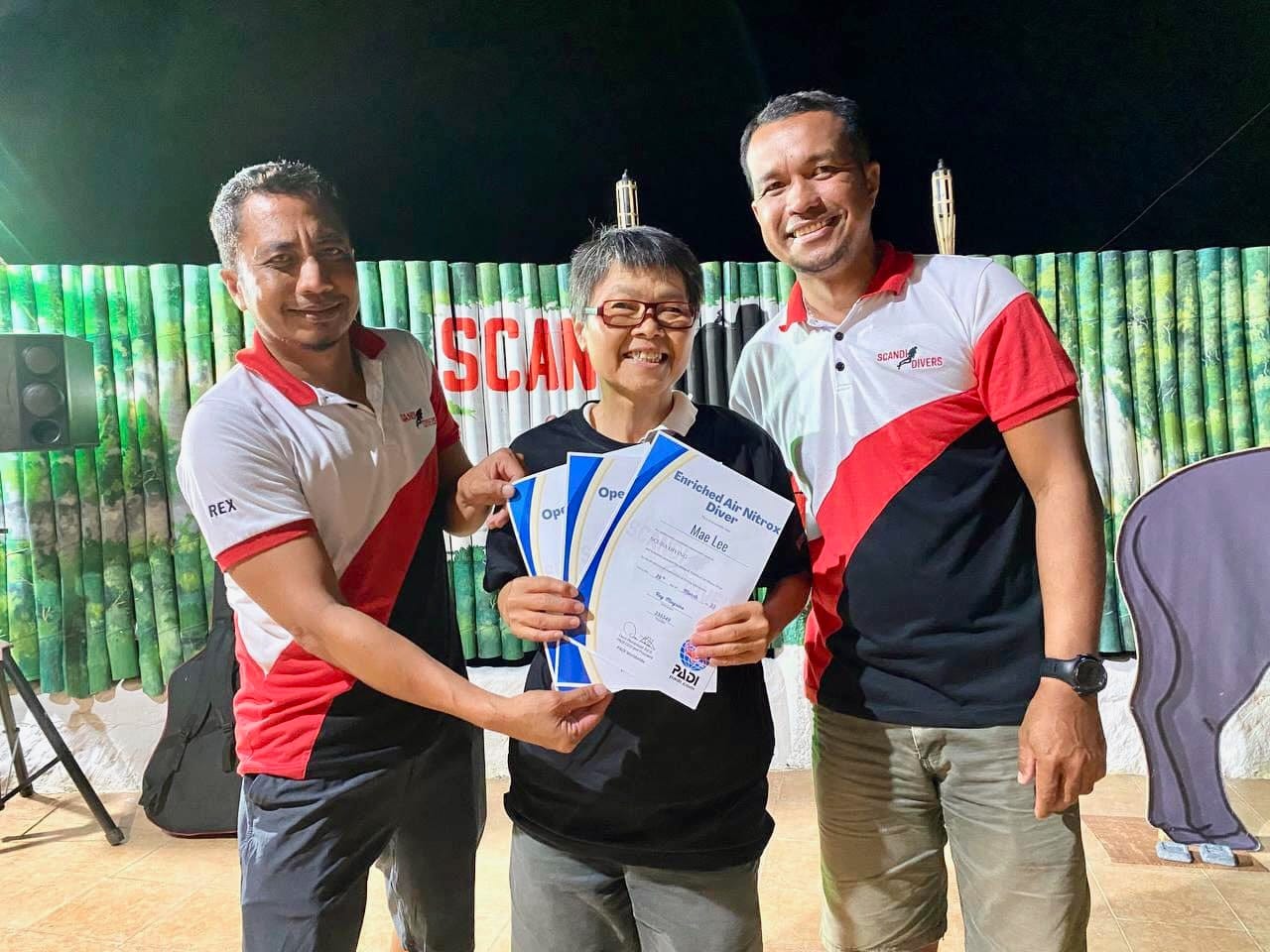
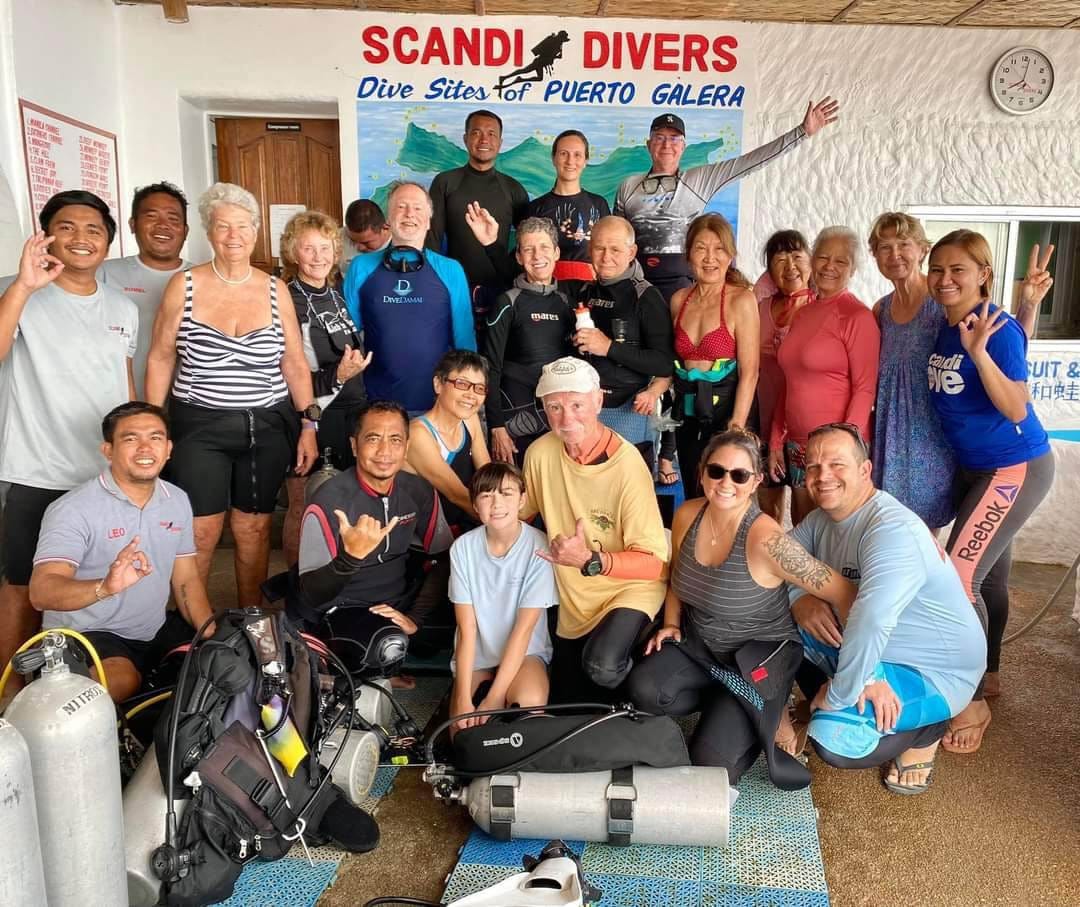
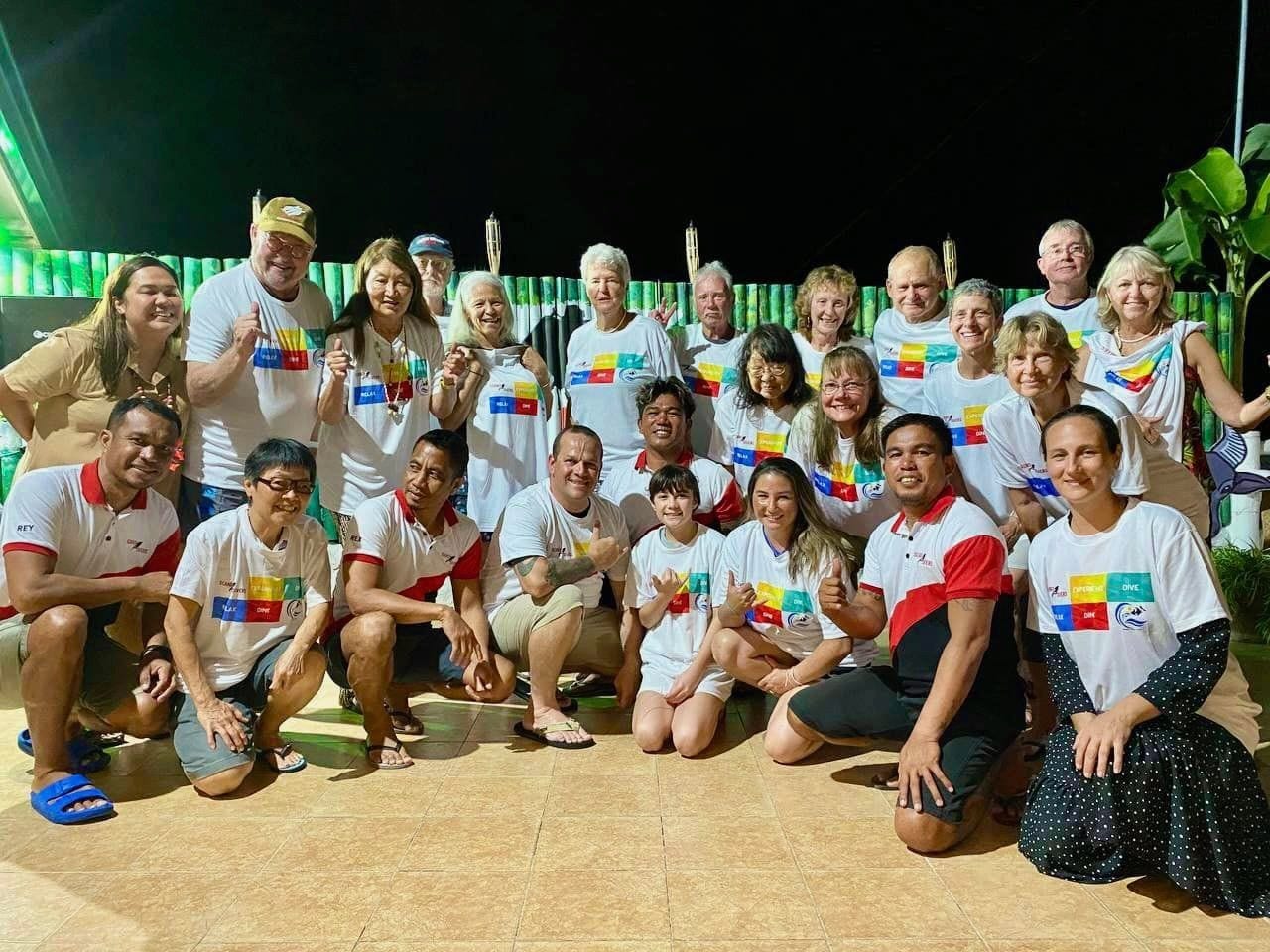
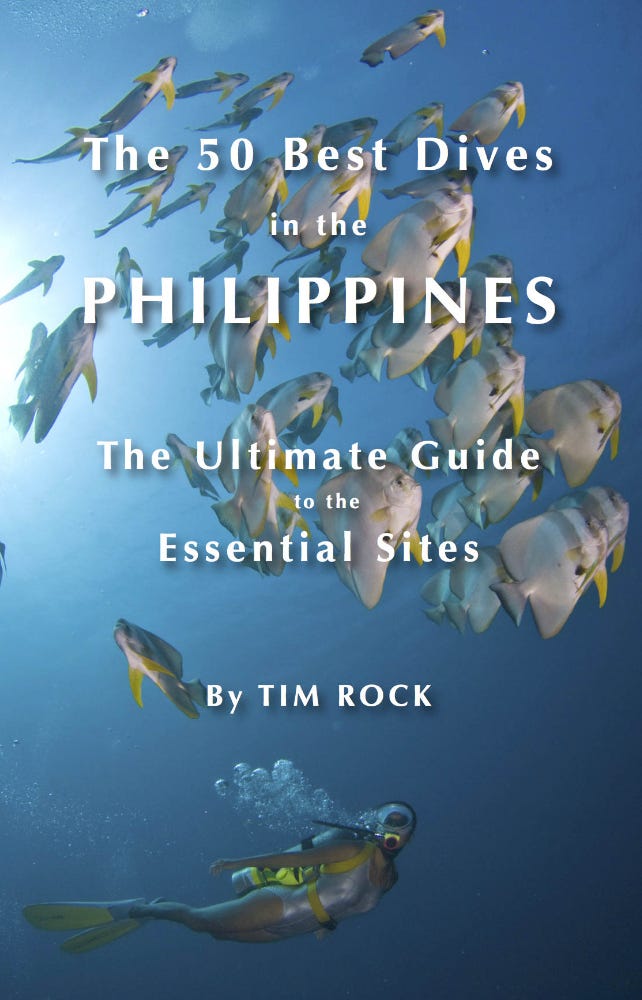
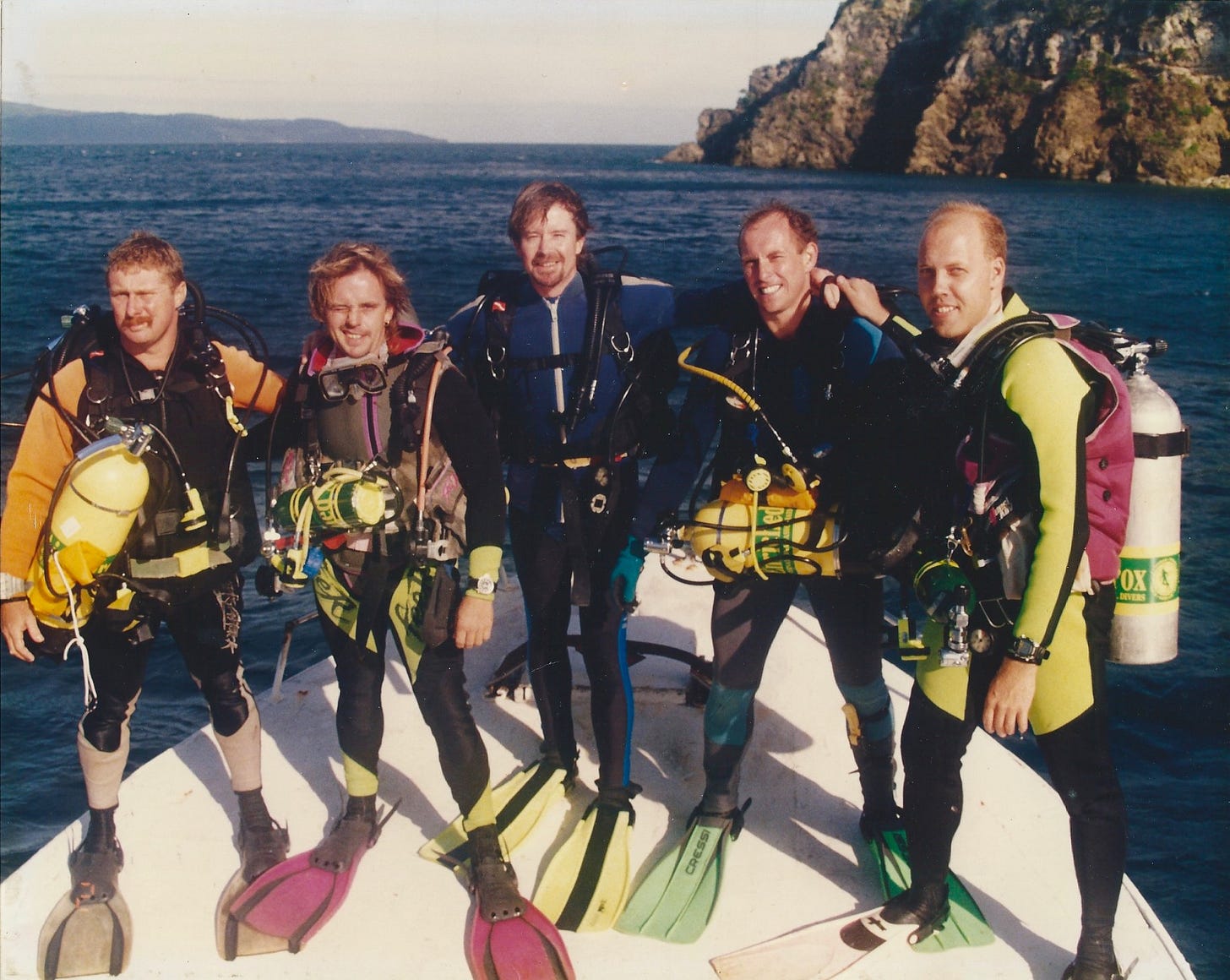
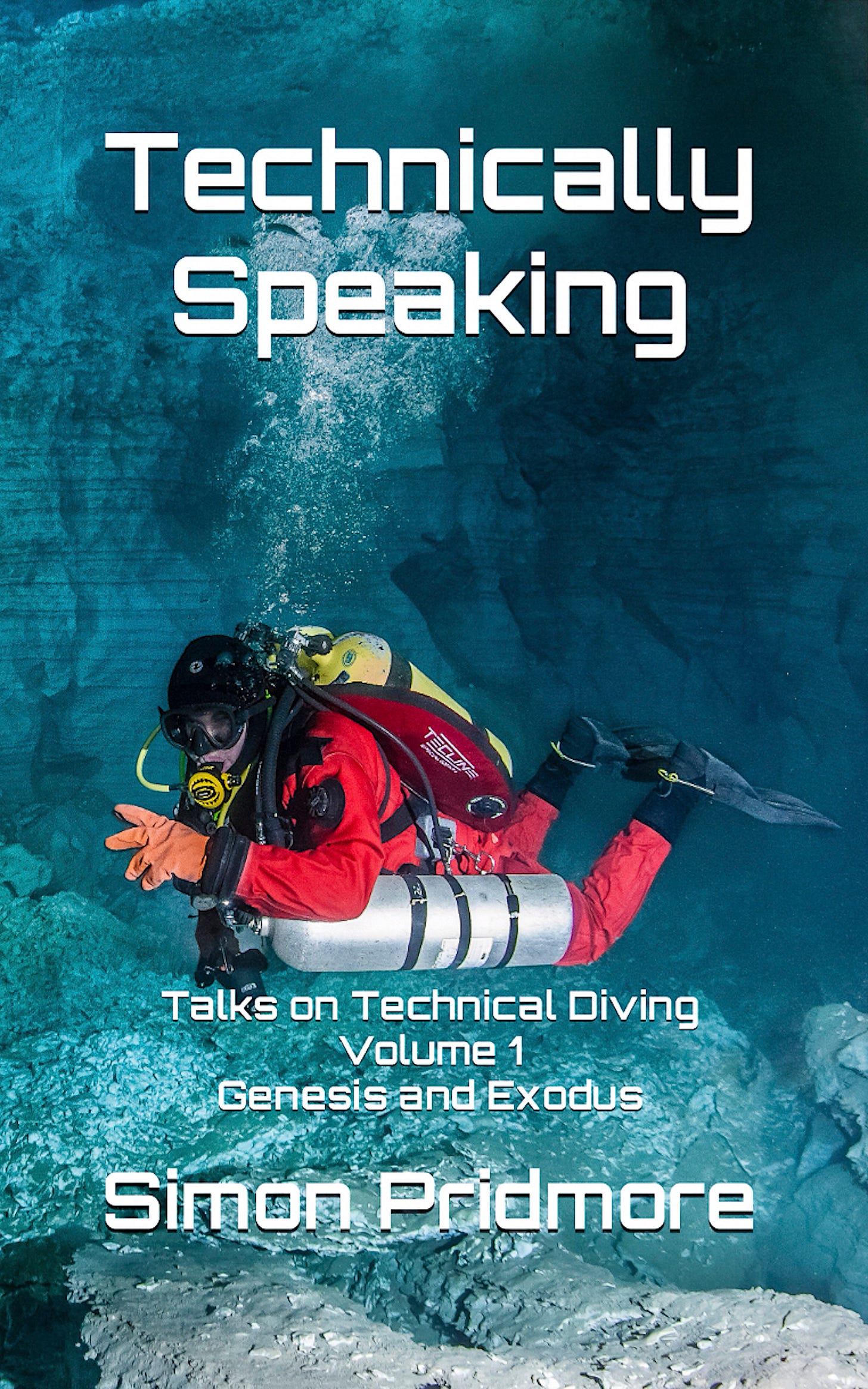
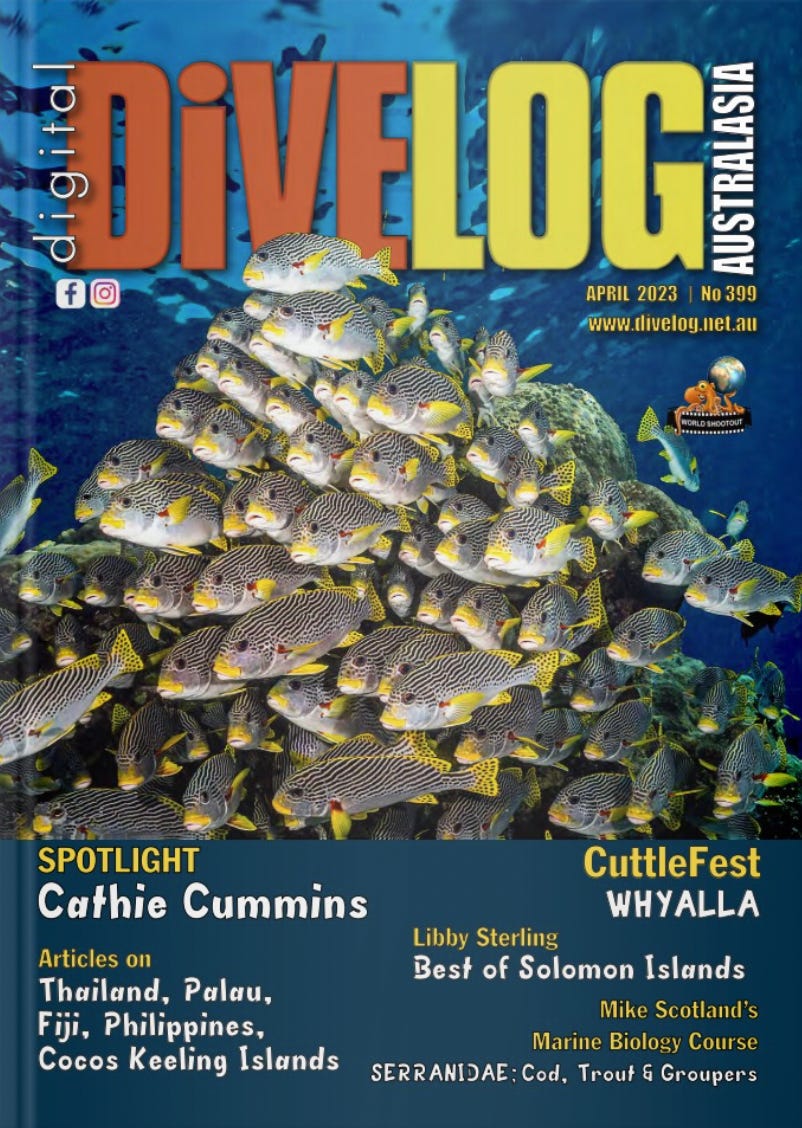
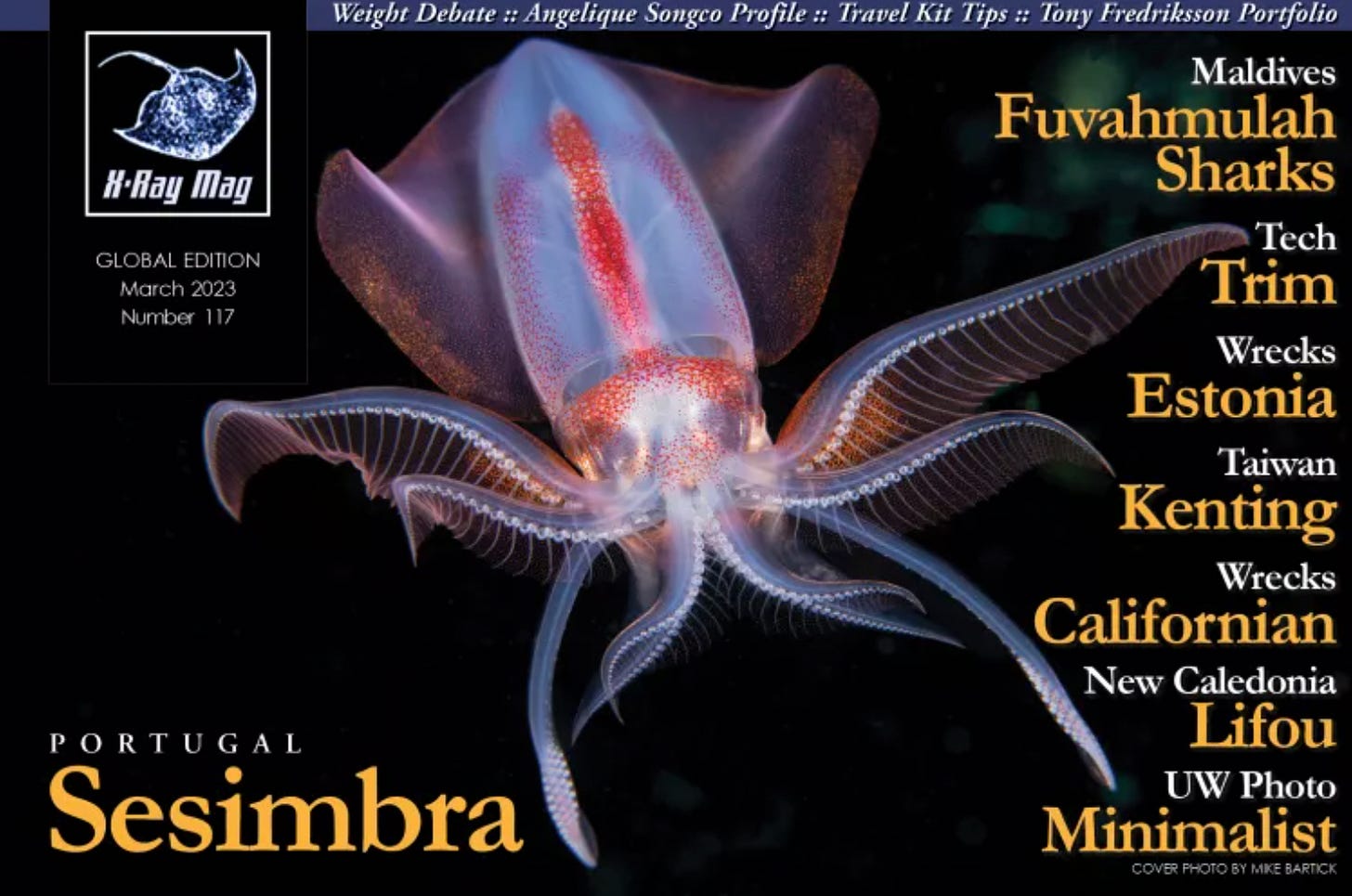
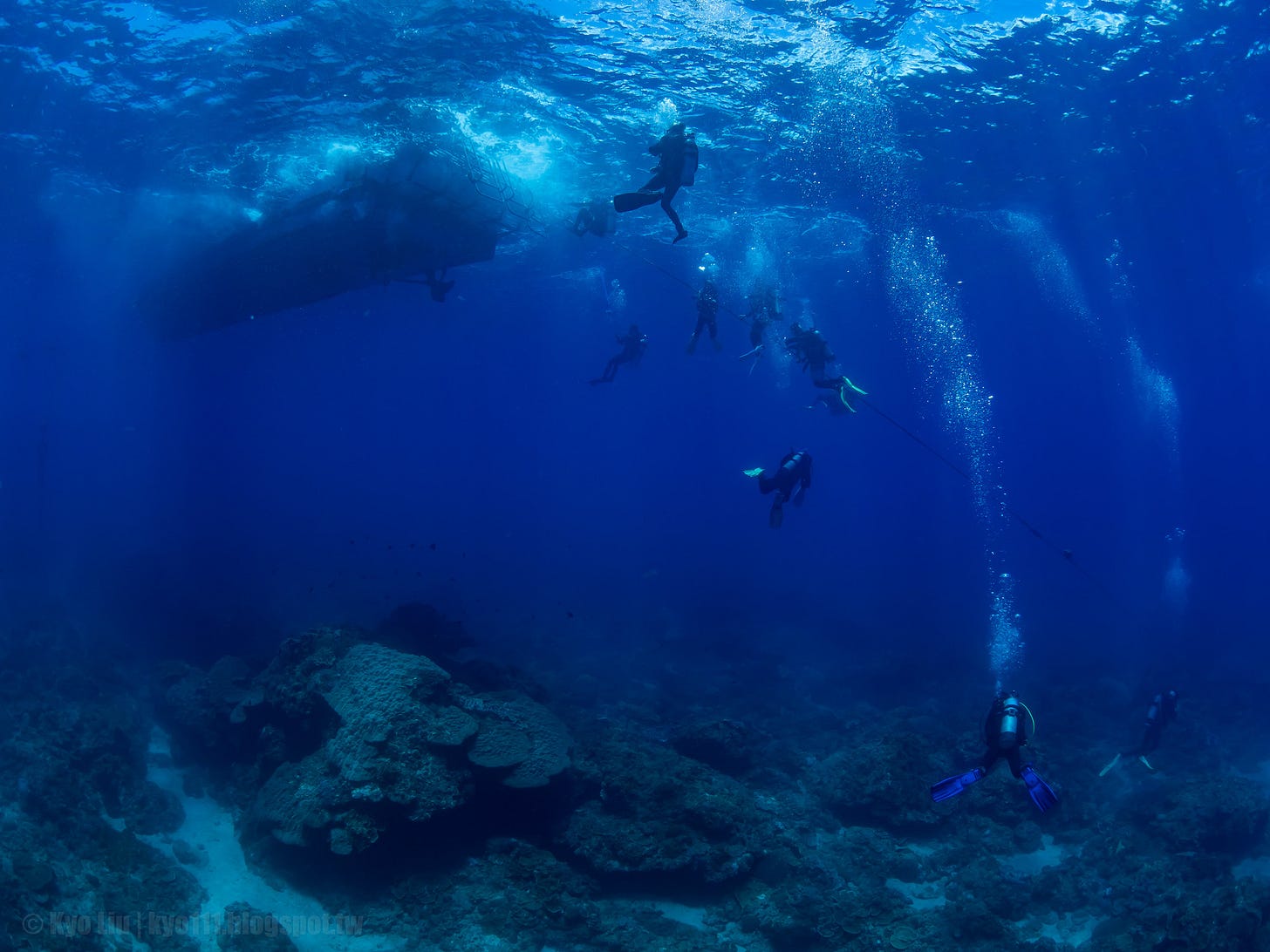
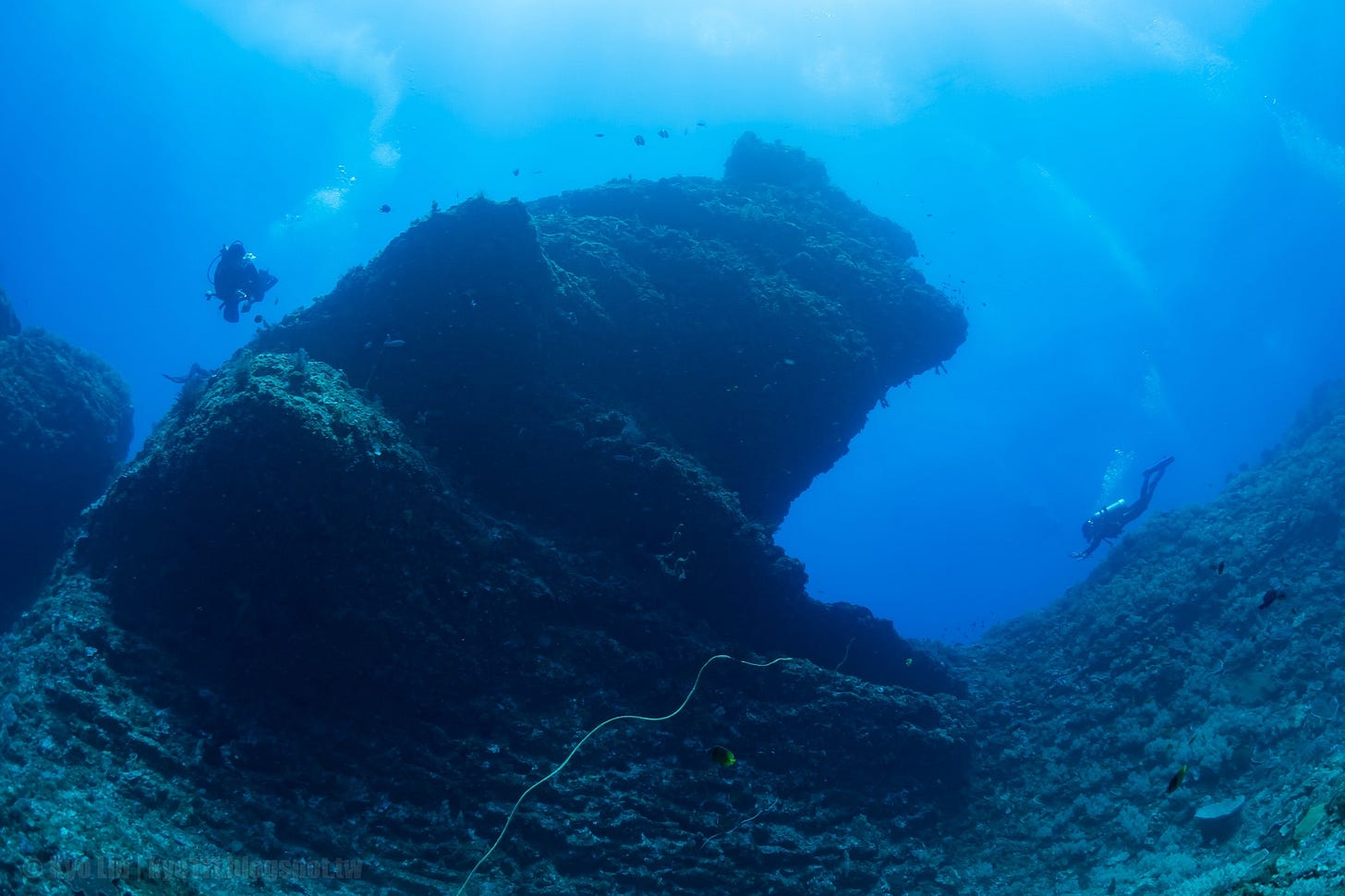
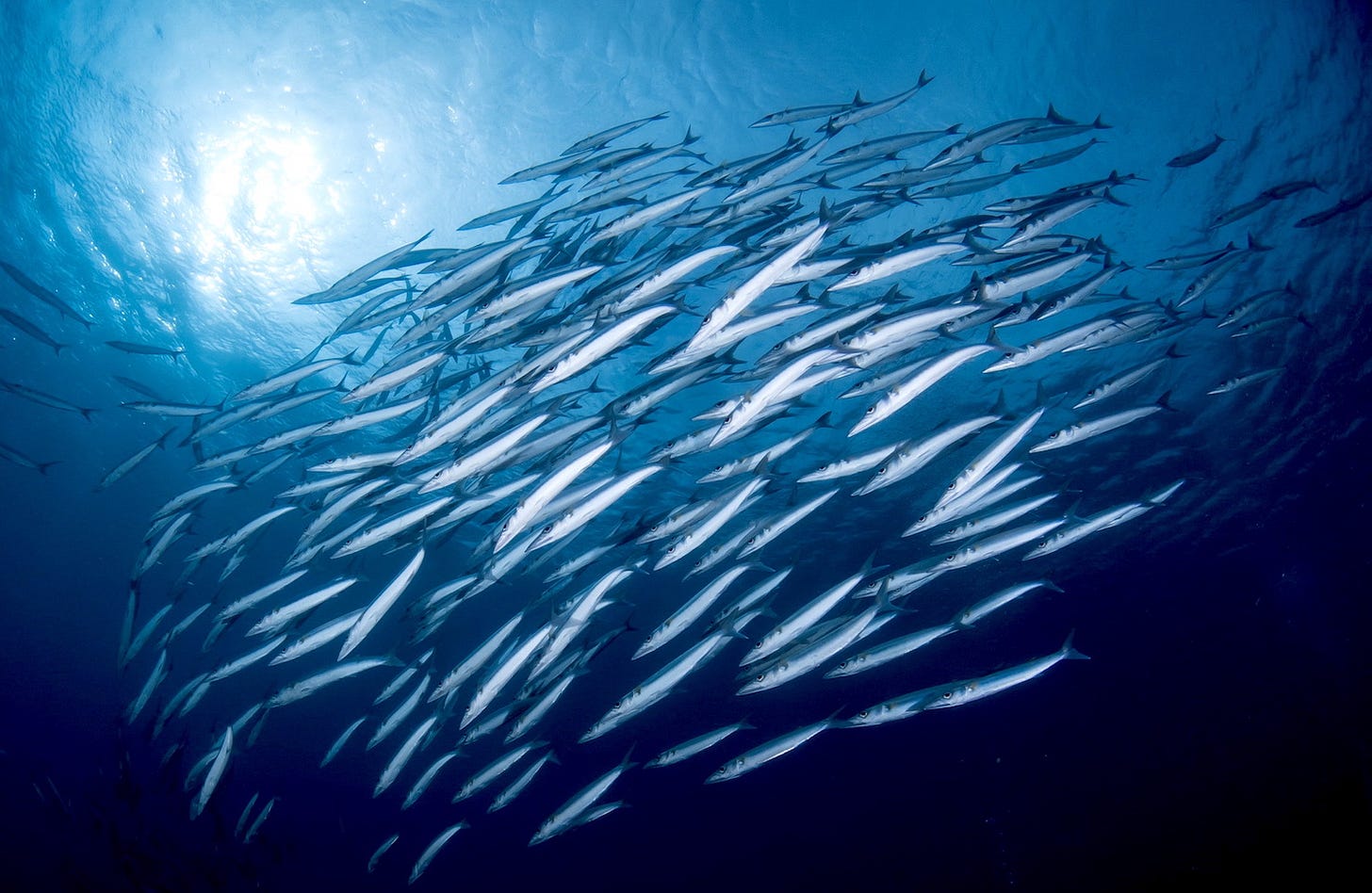
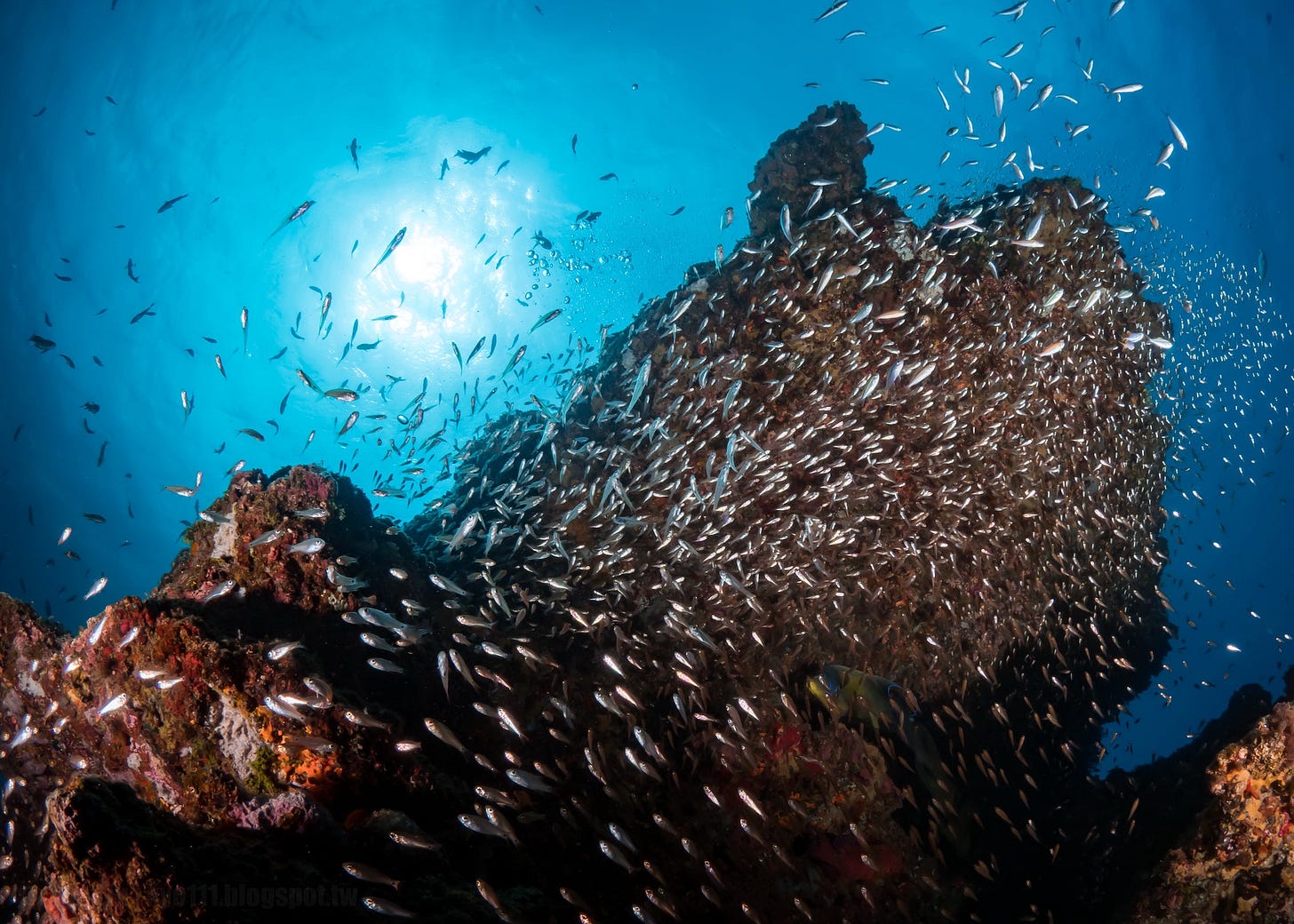
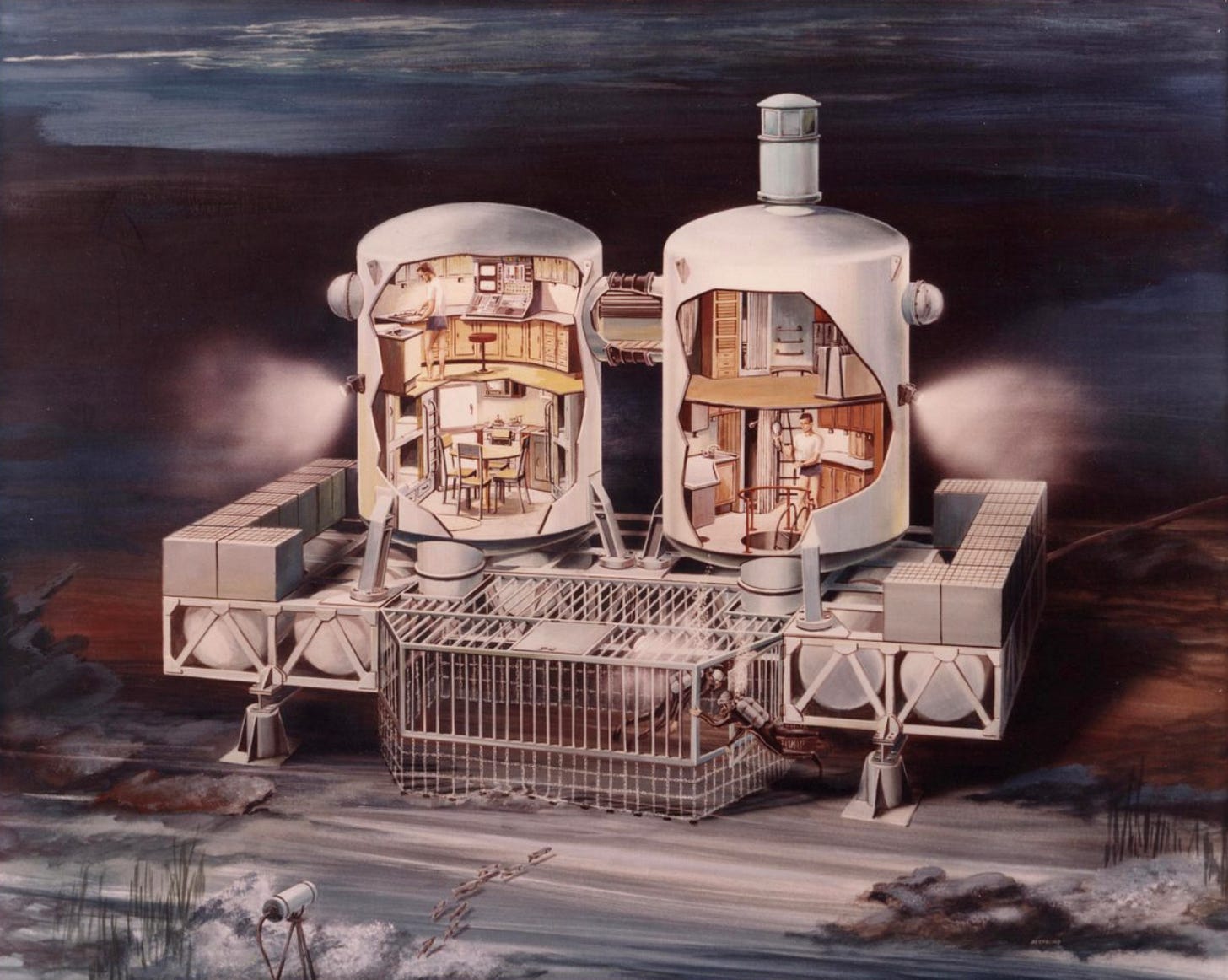
What a wonderful story of Mae's journey to be a scuba diver. To be a part of the dive group and to witness her amazing accomplishments was truly exciting. Thank you for sharing.